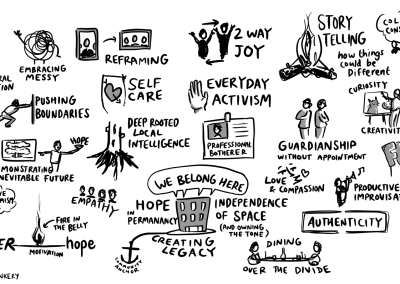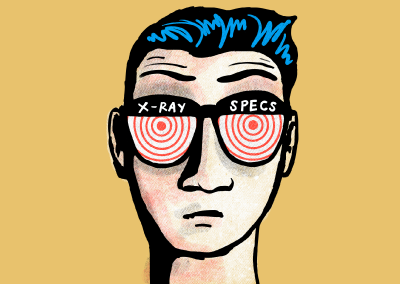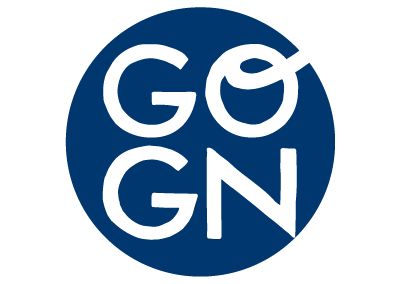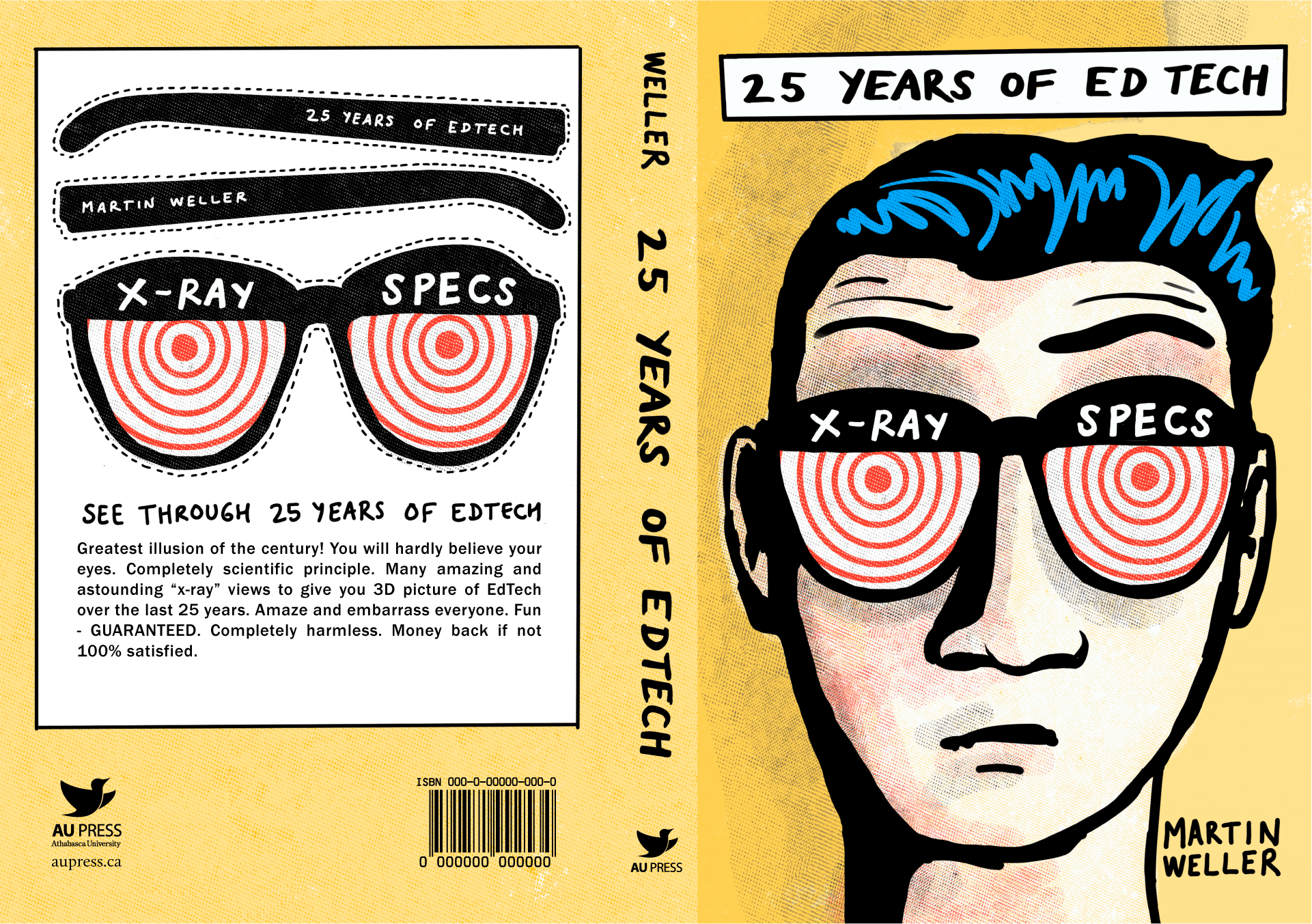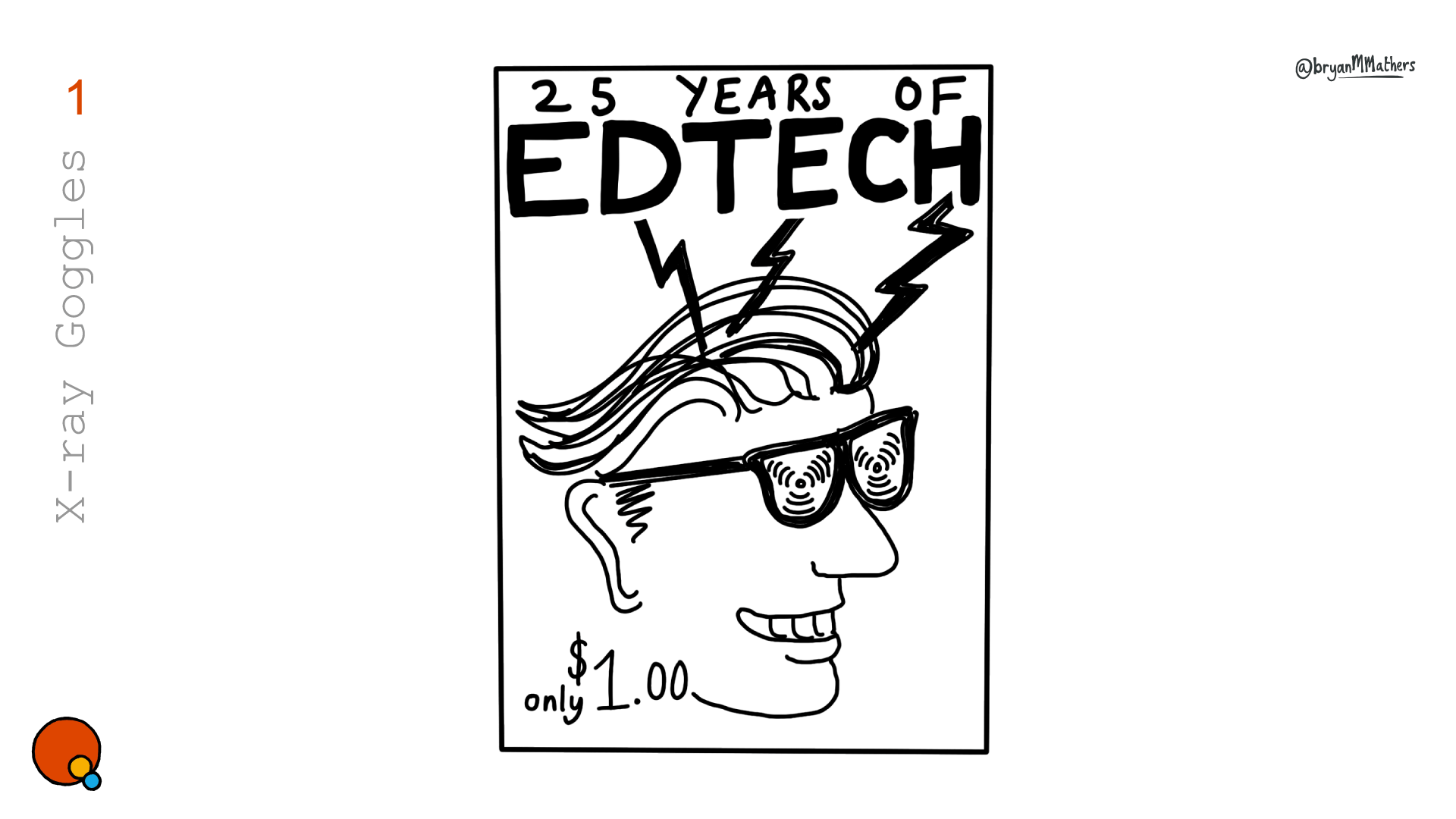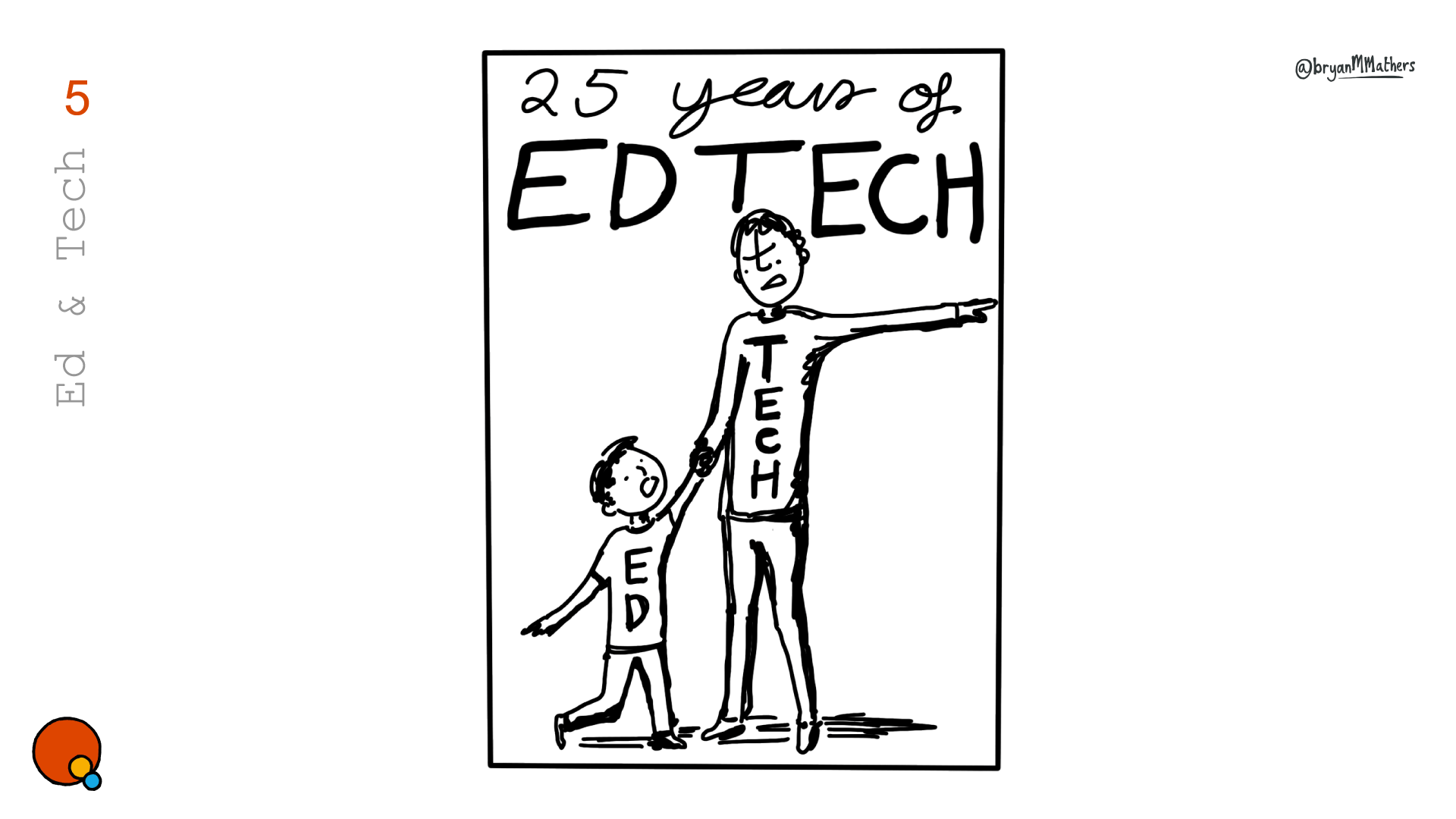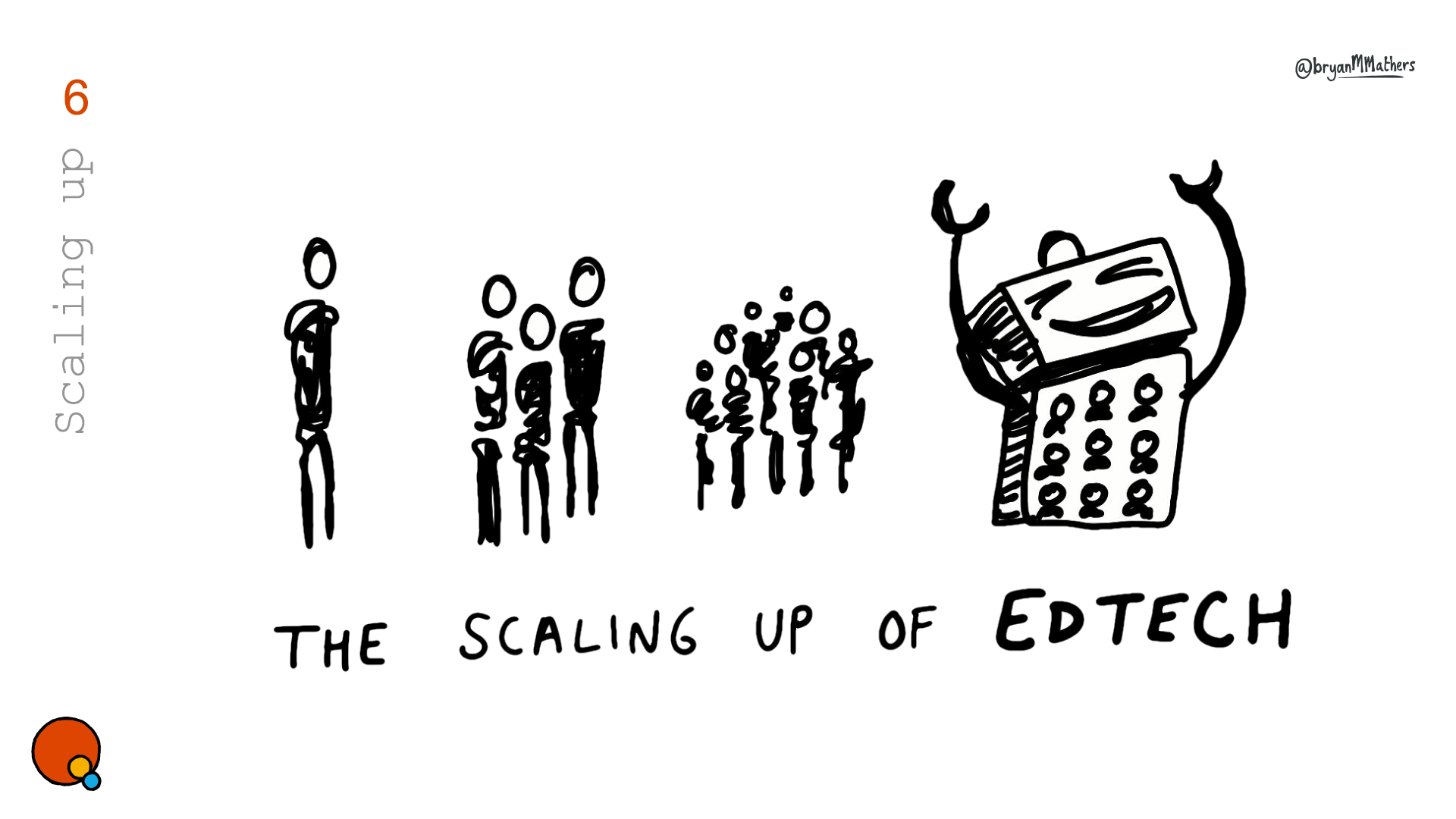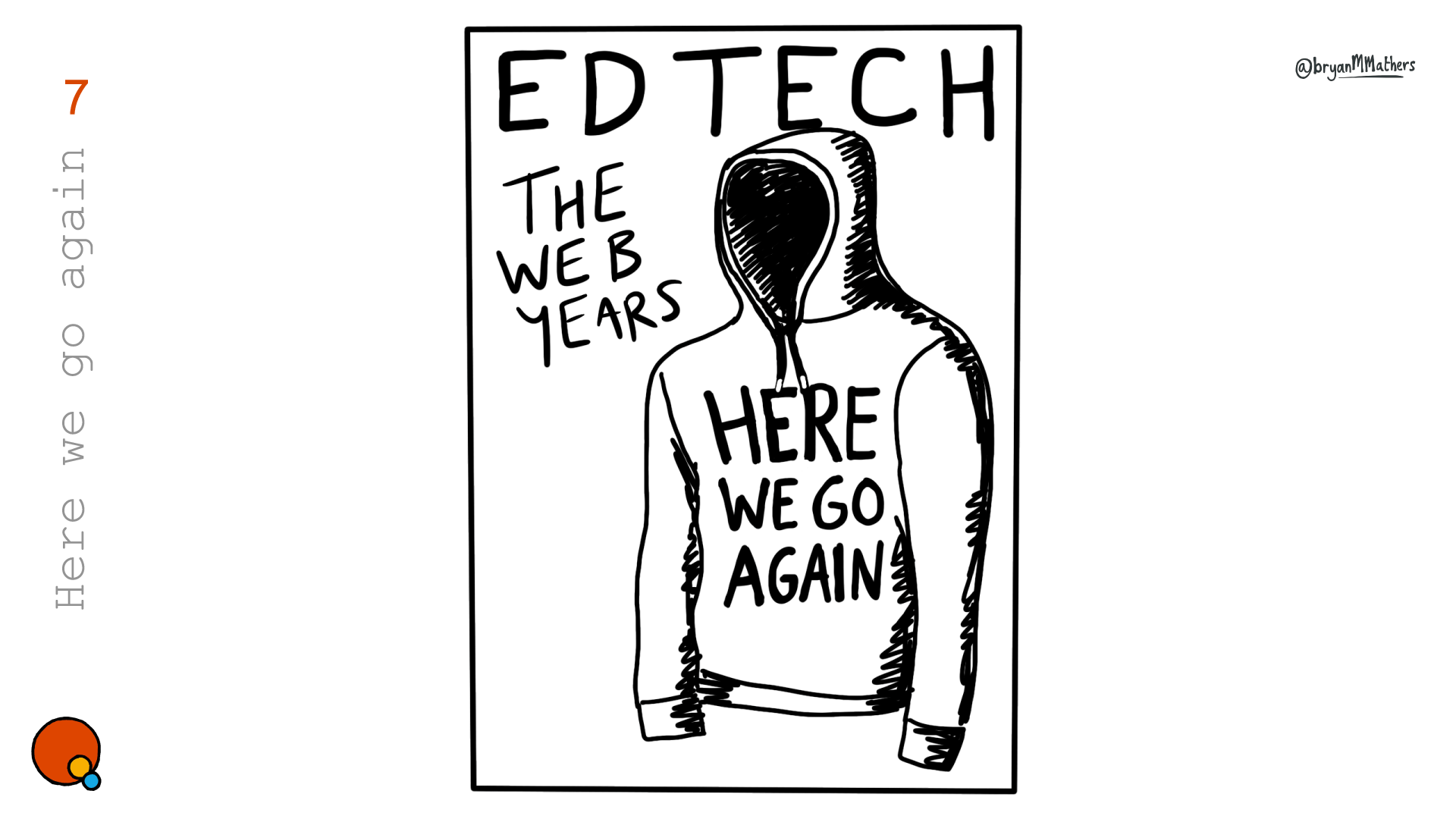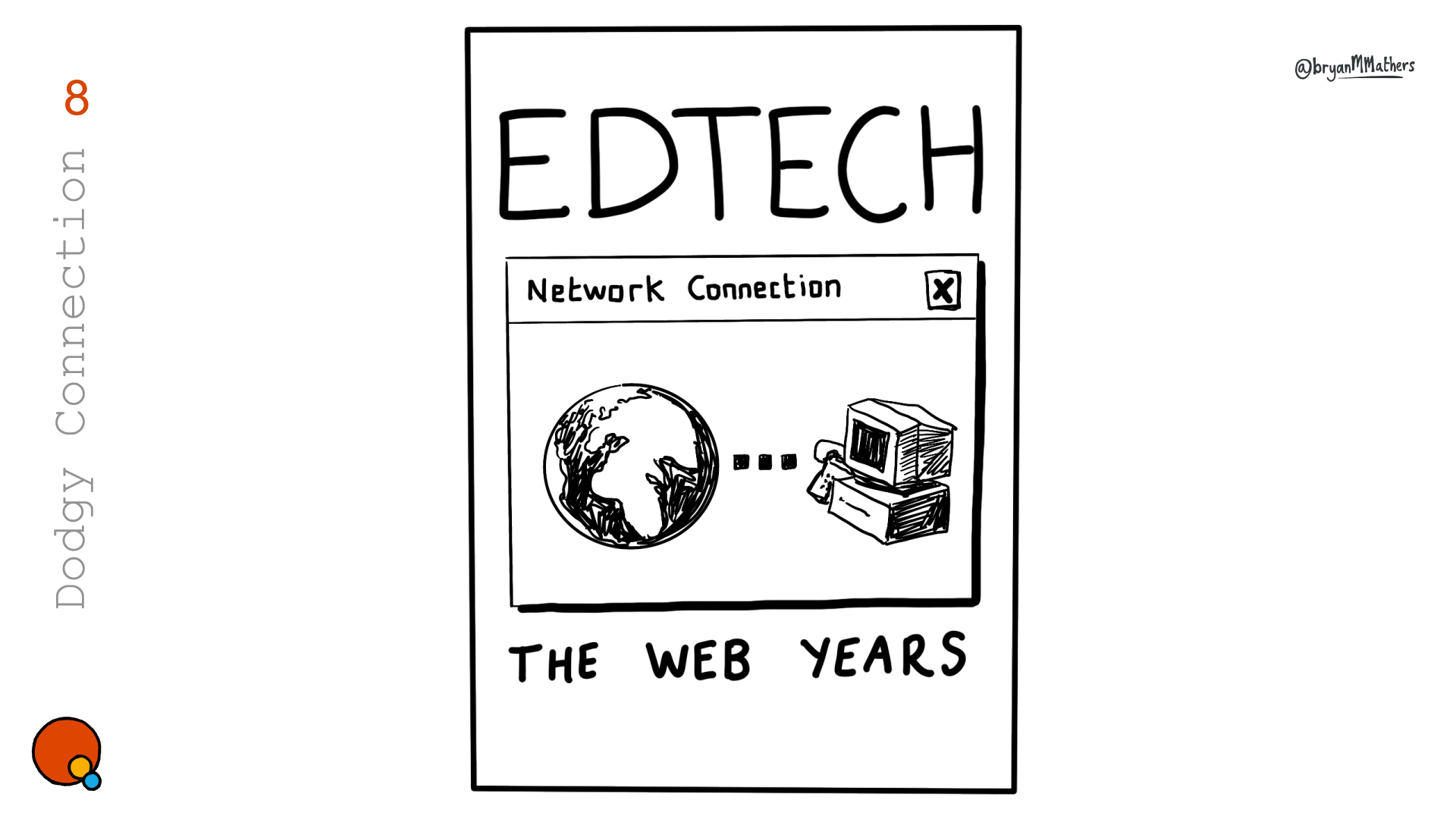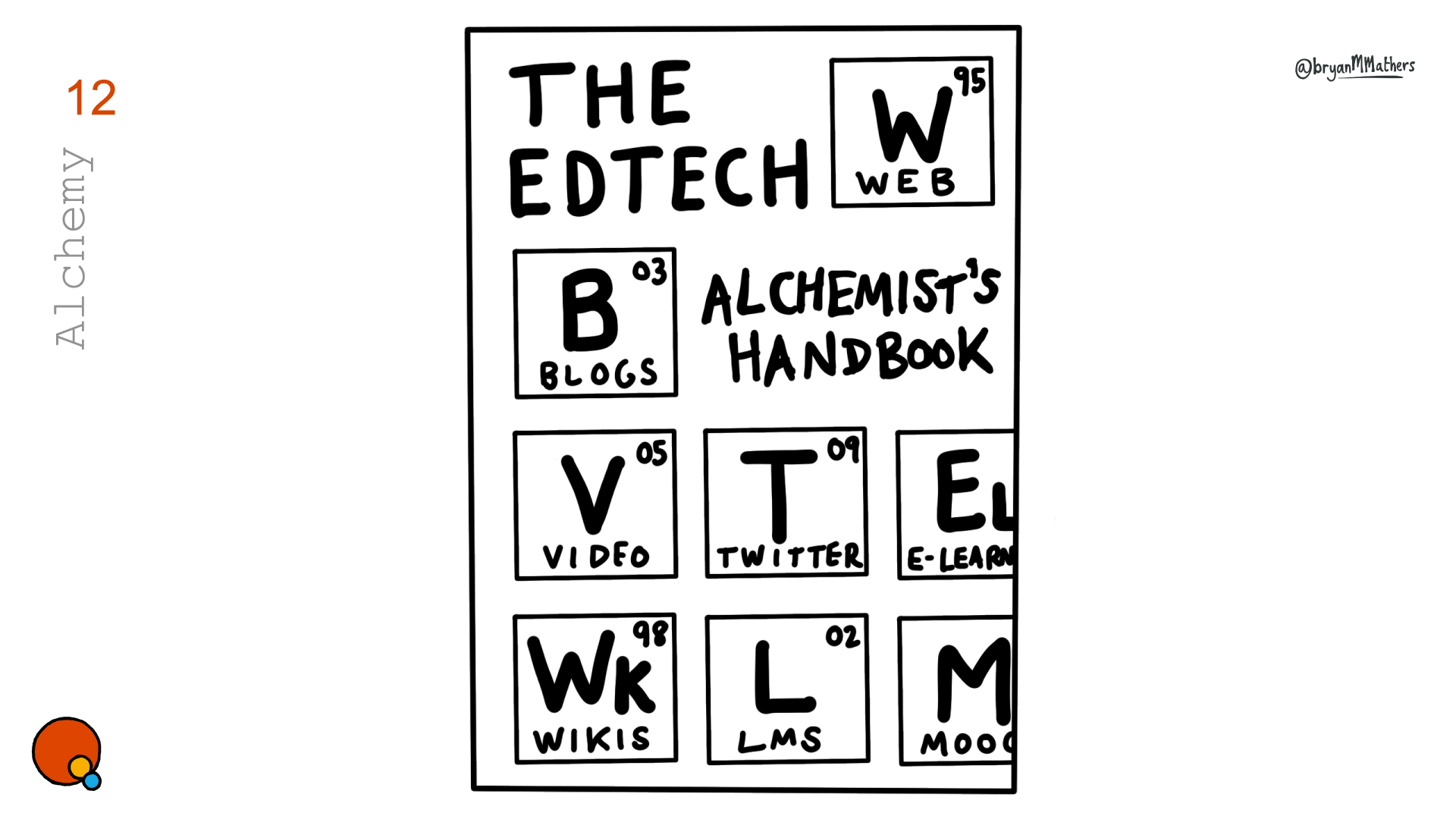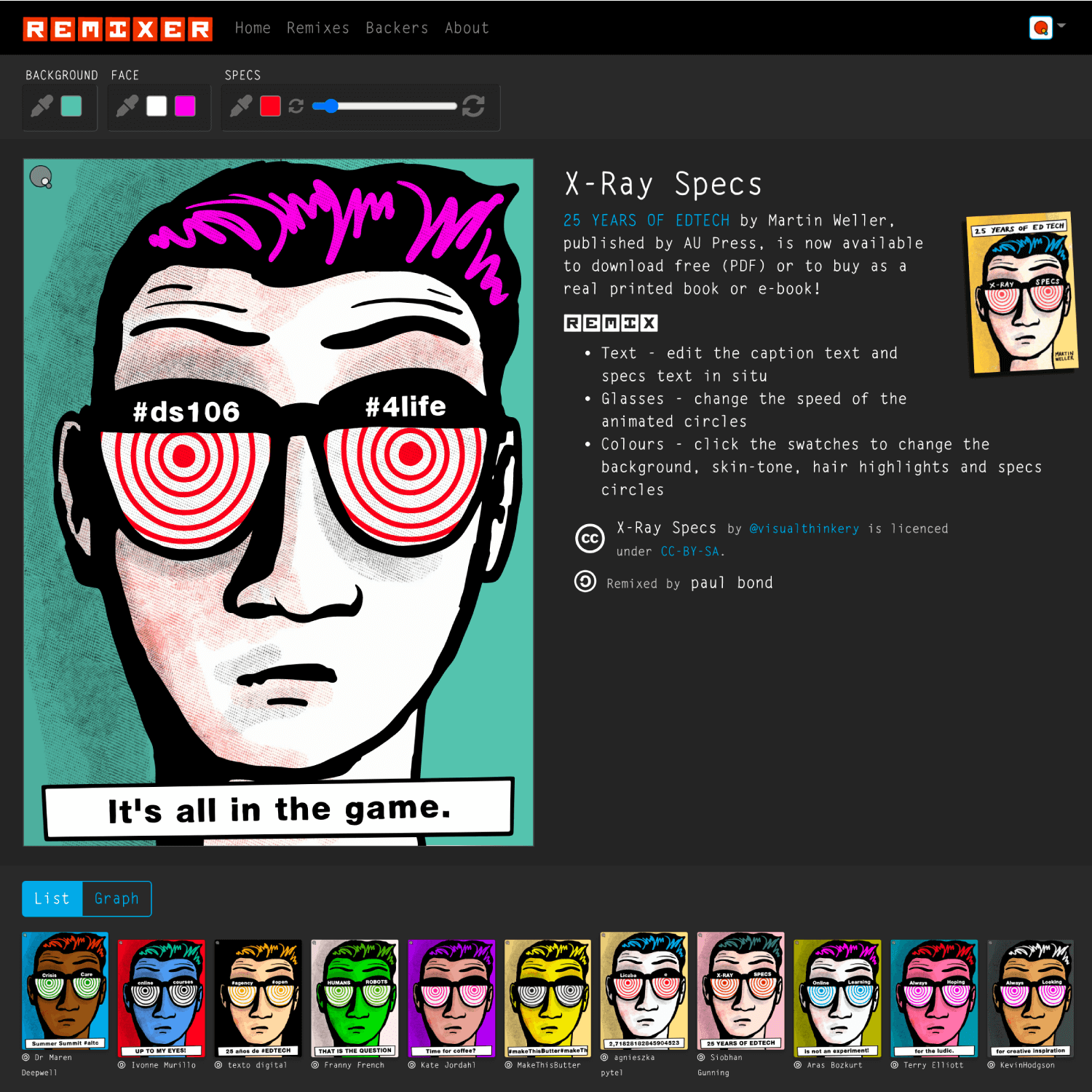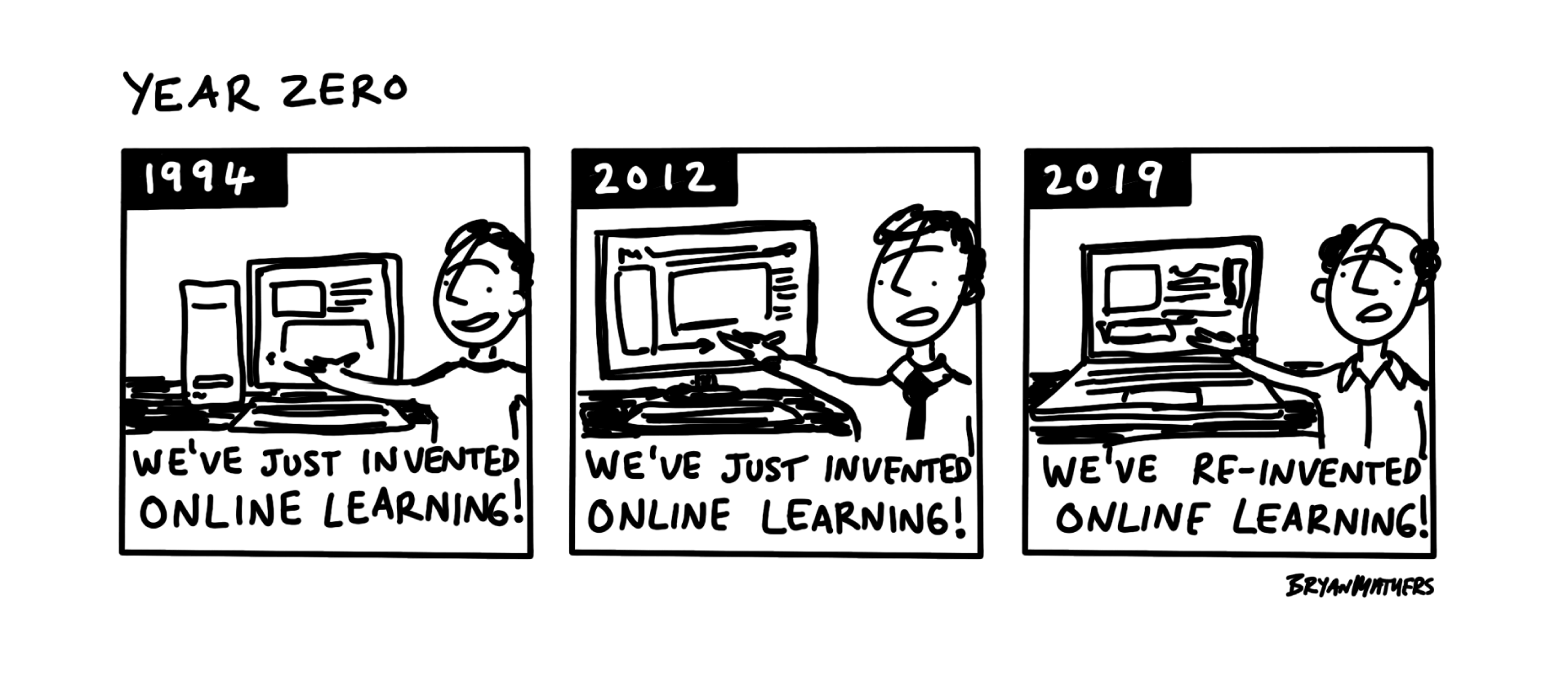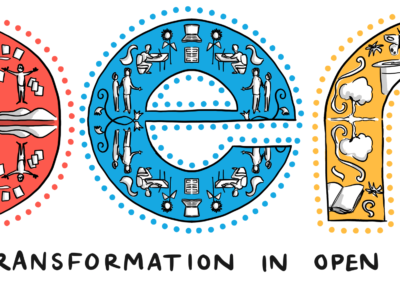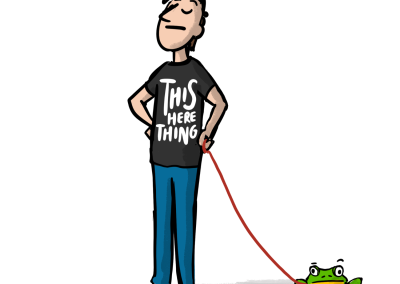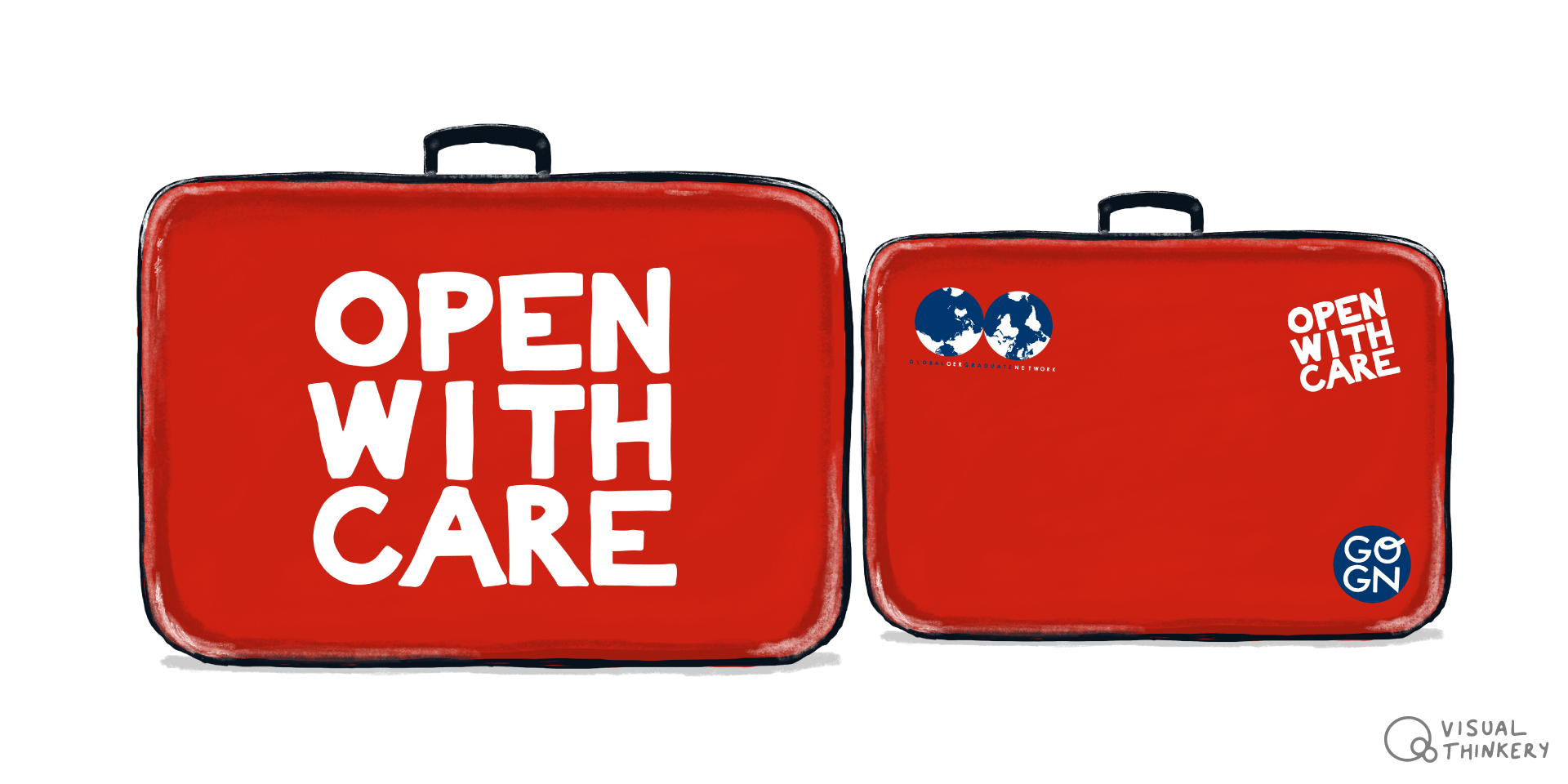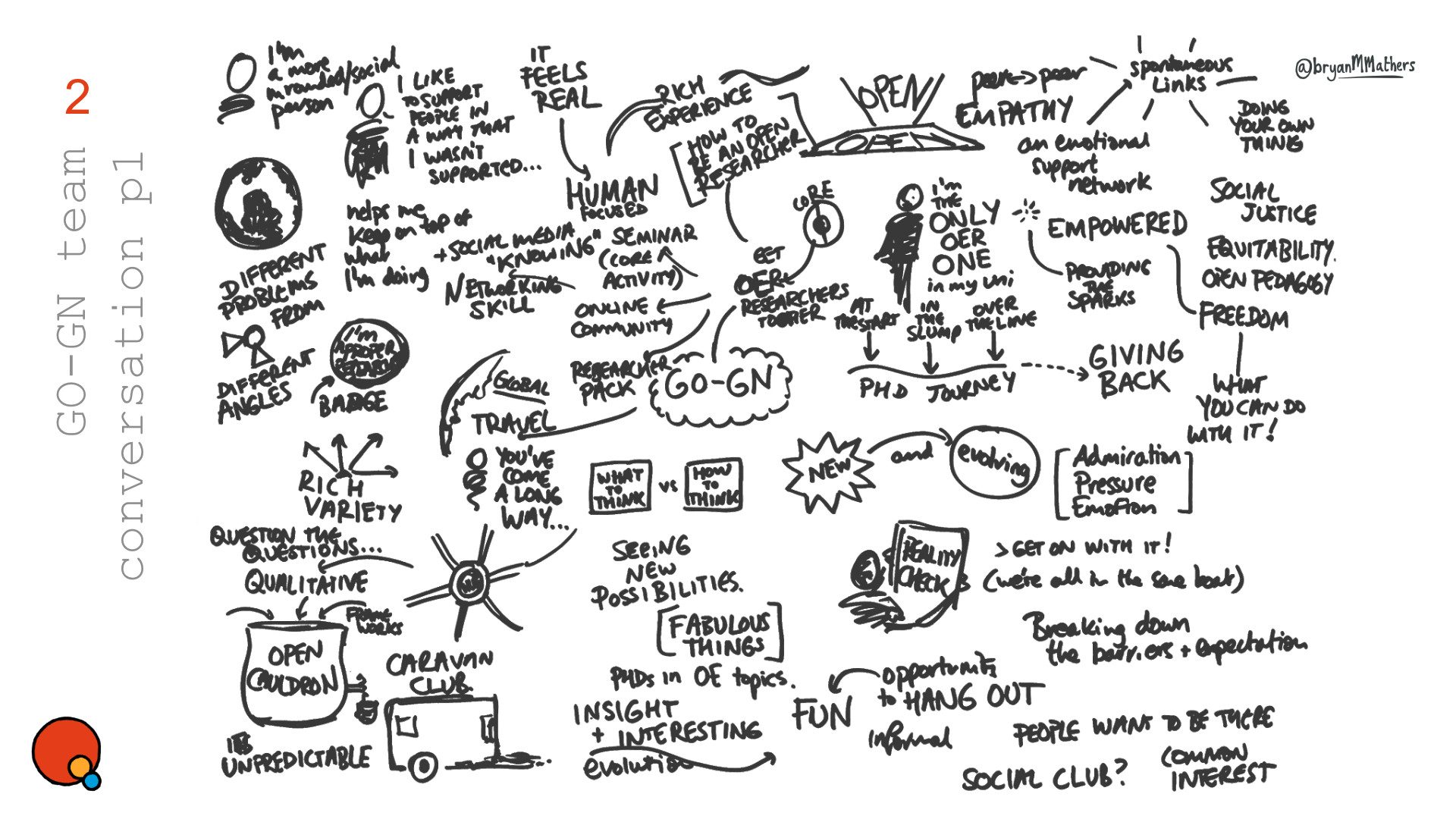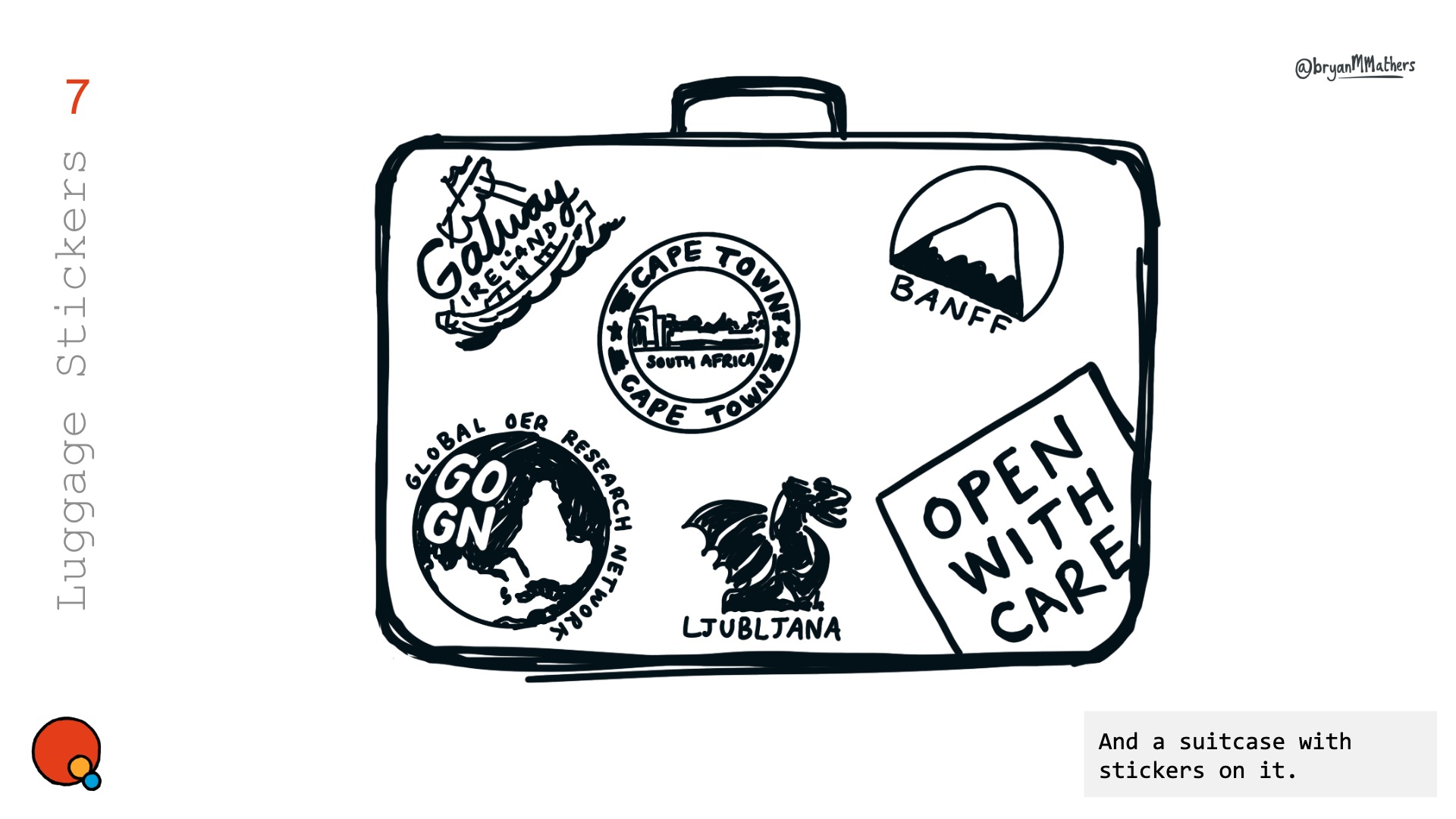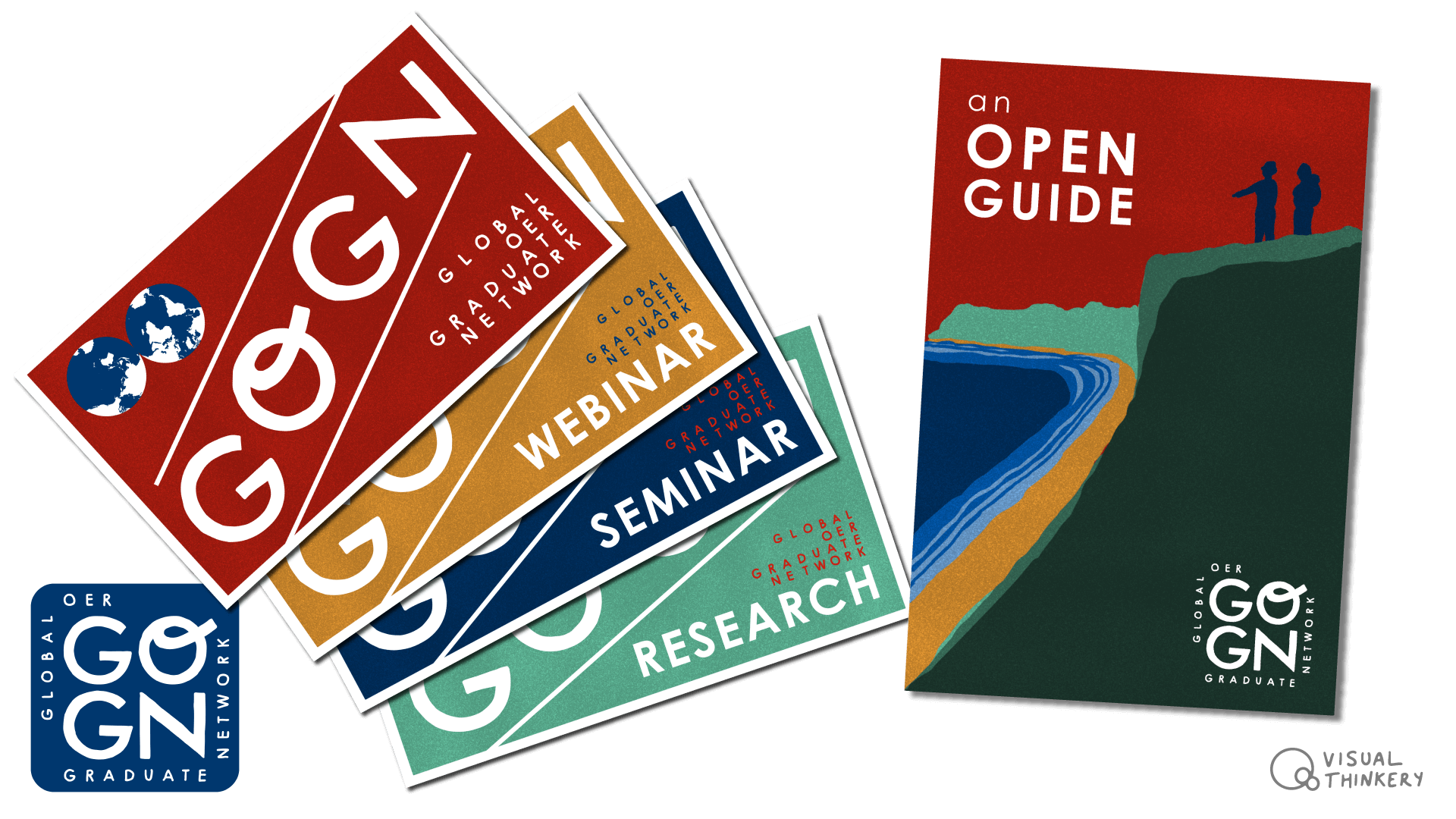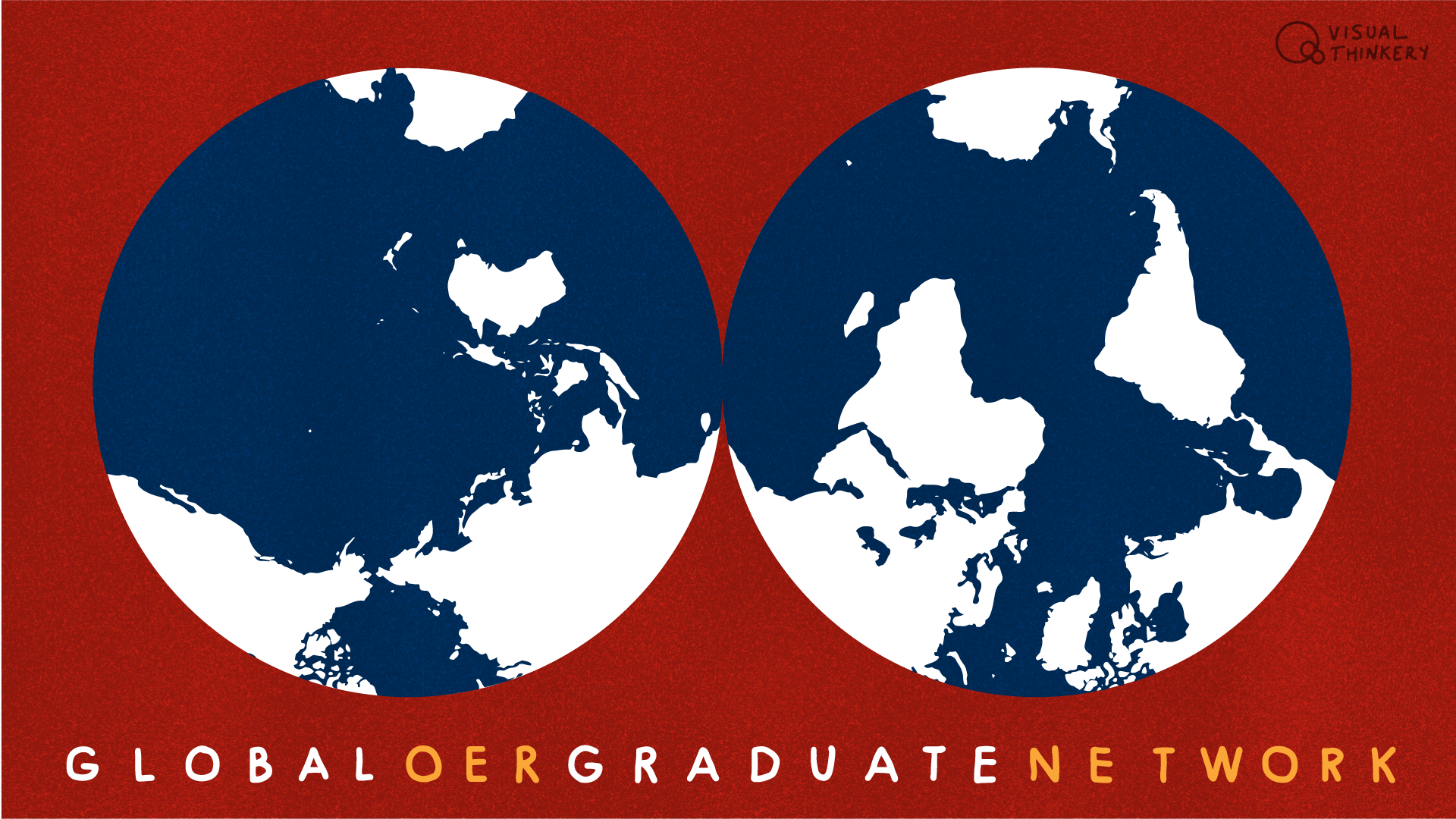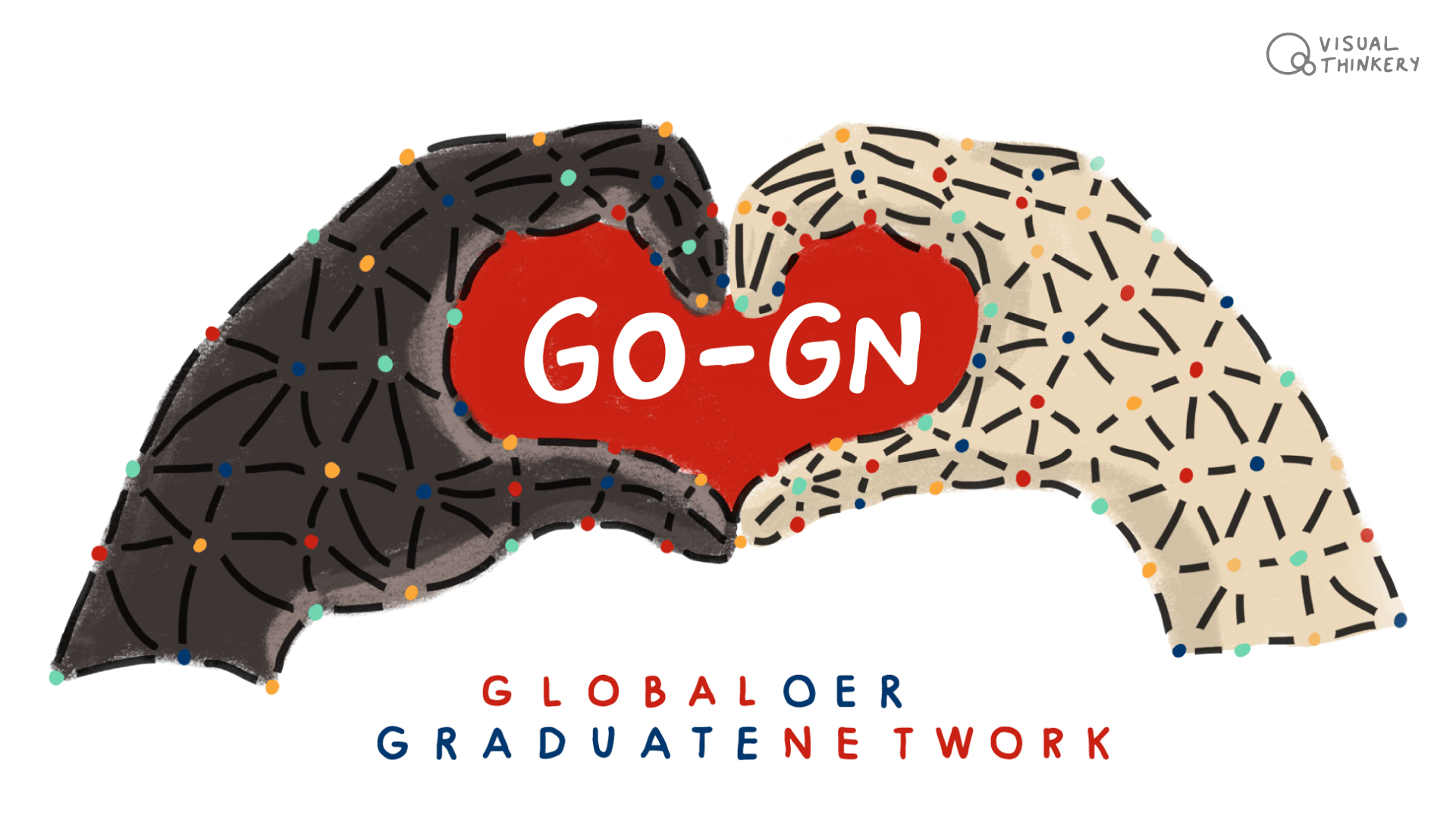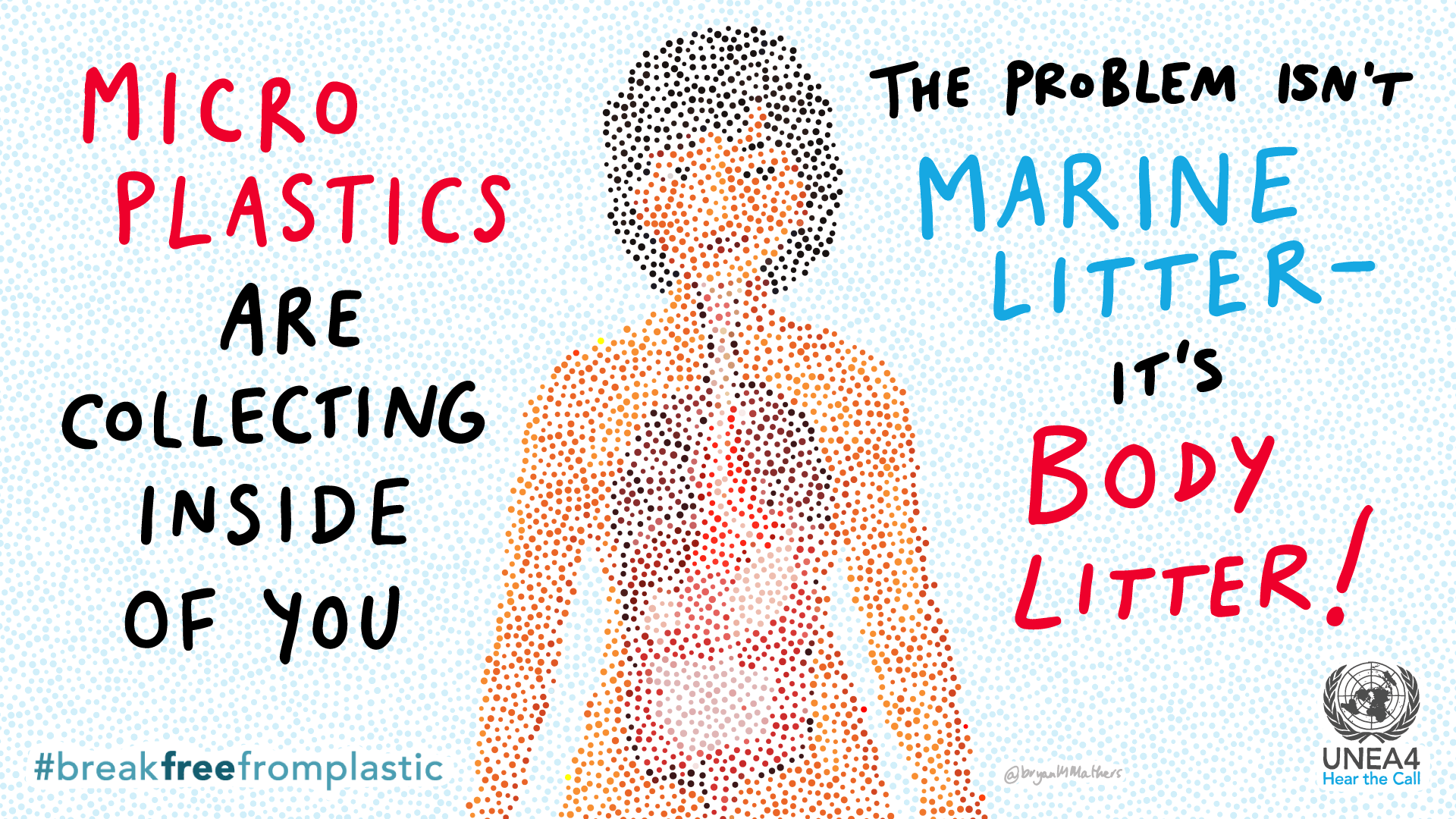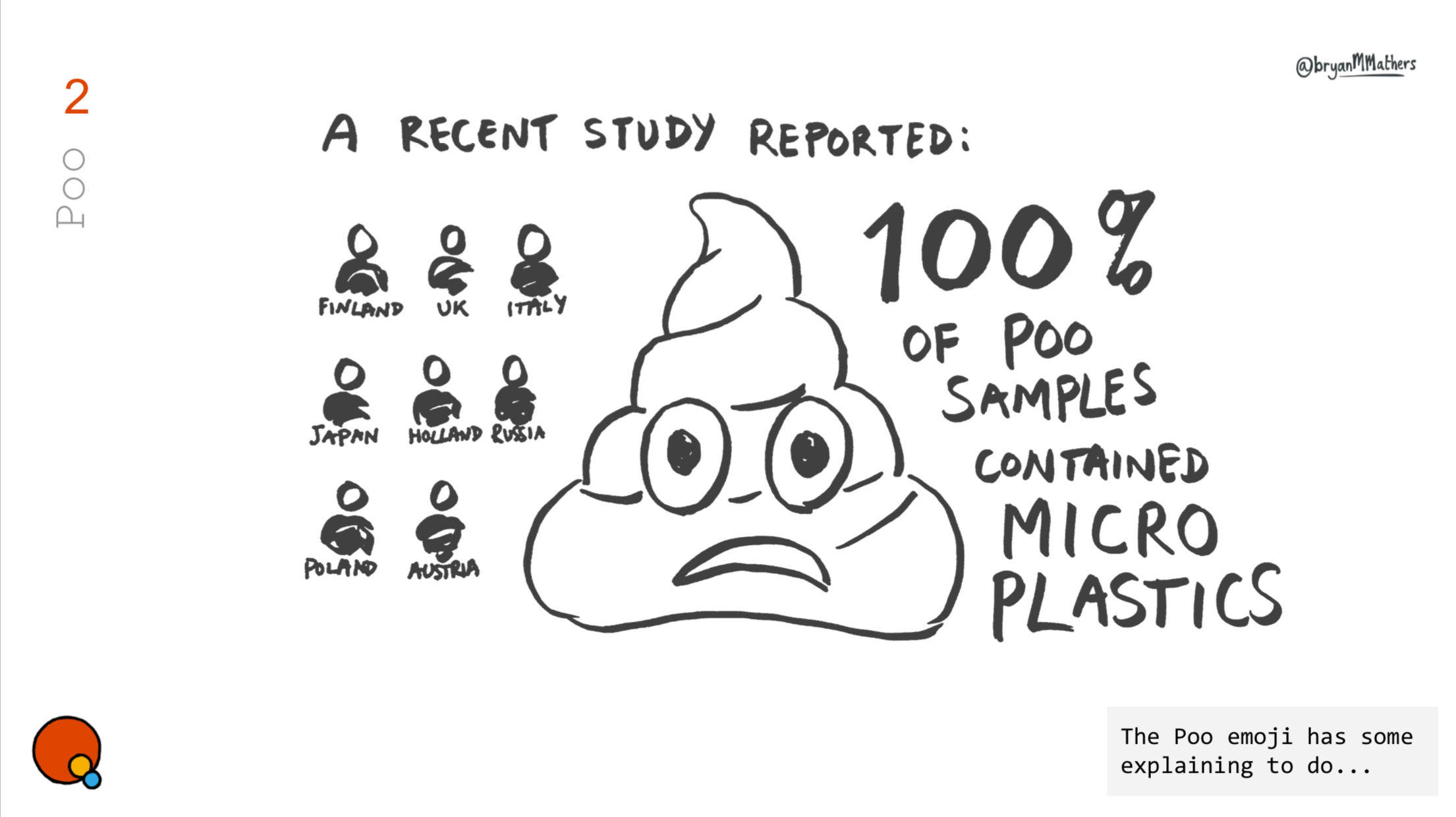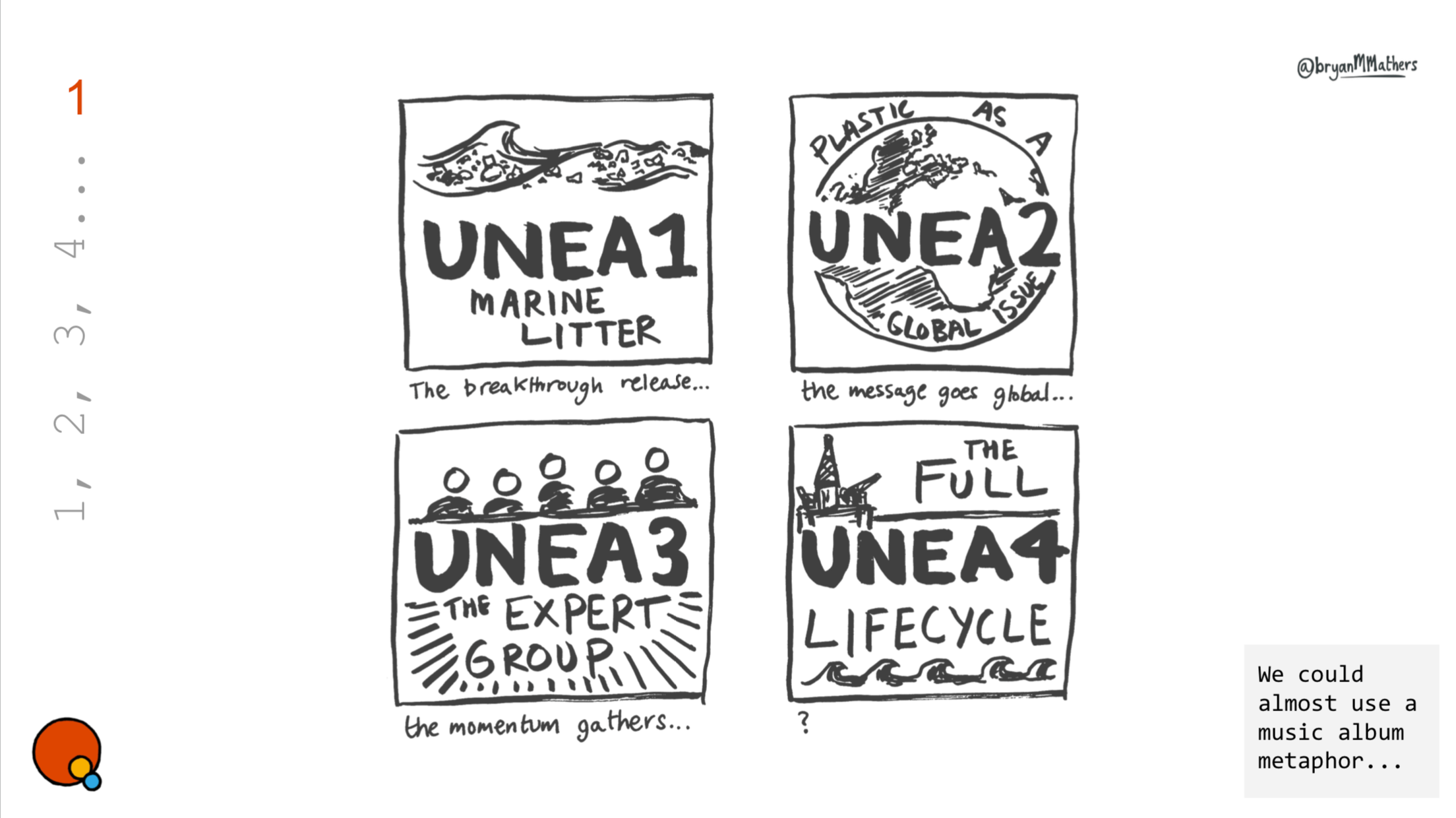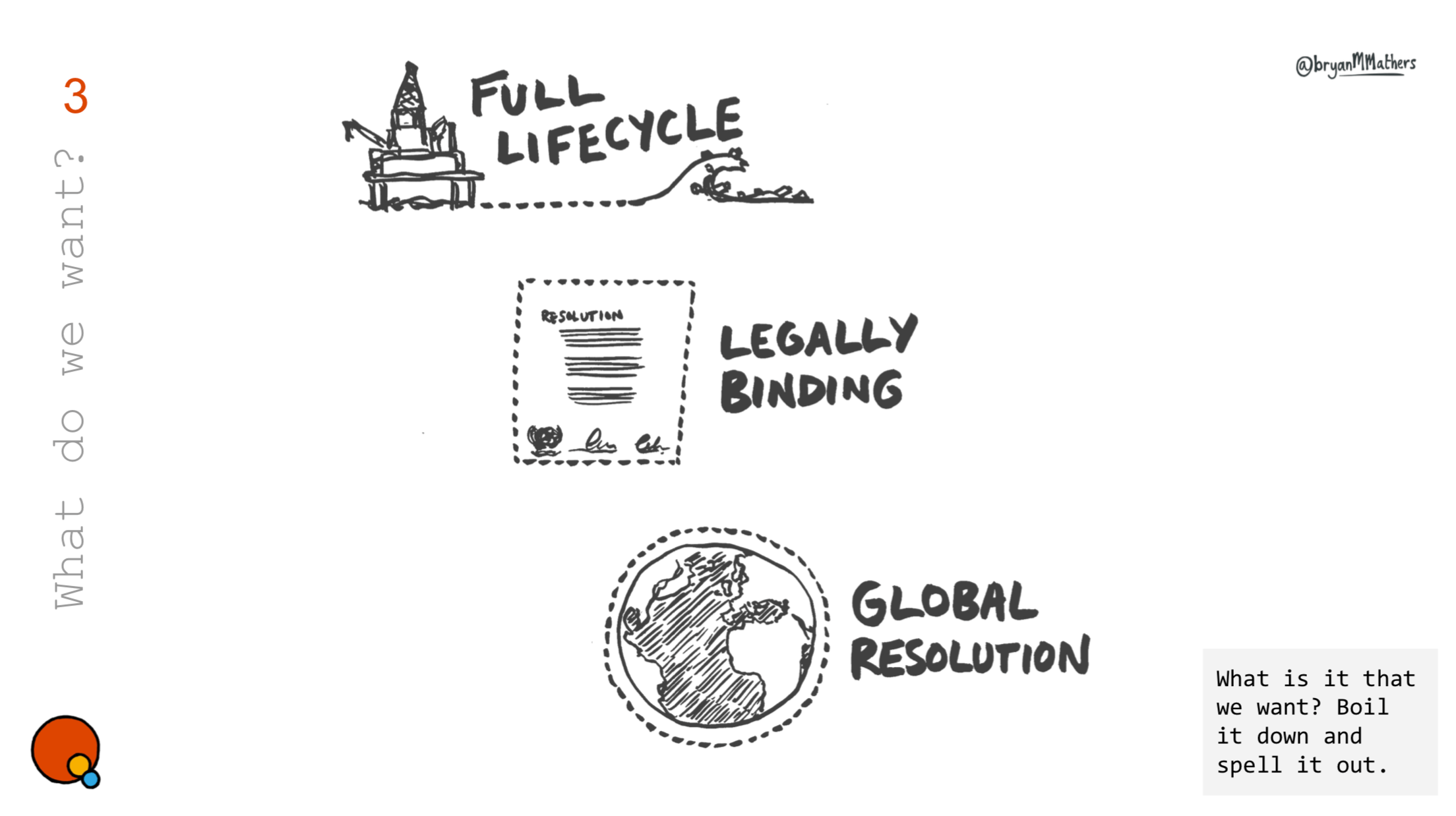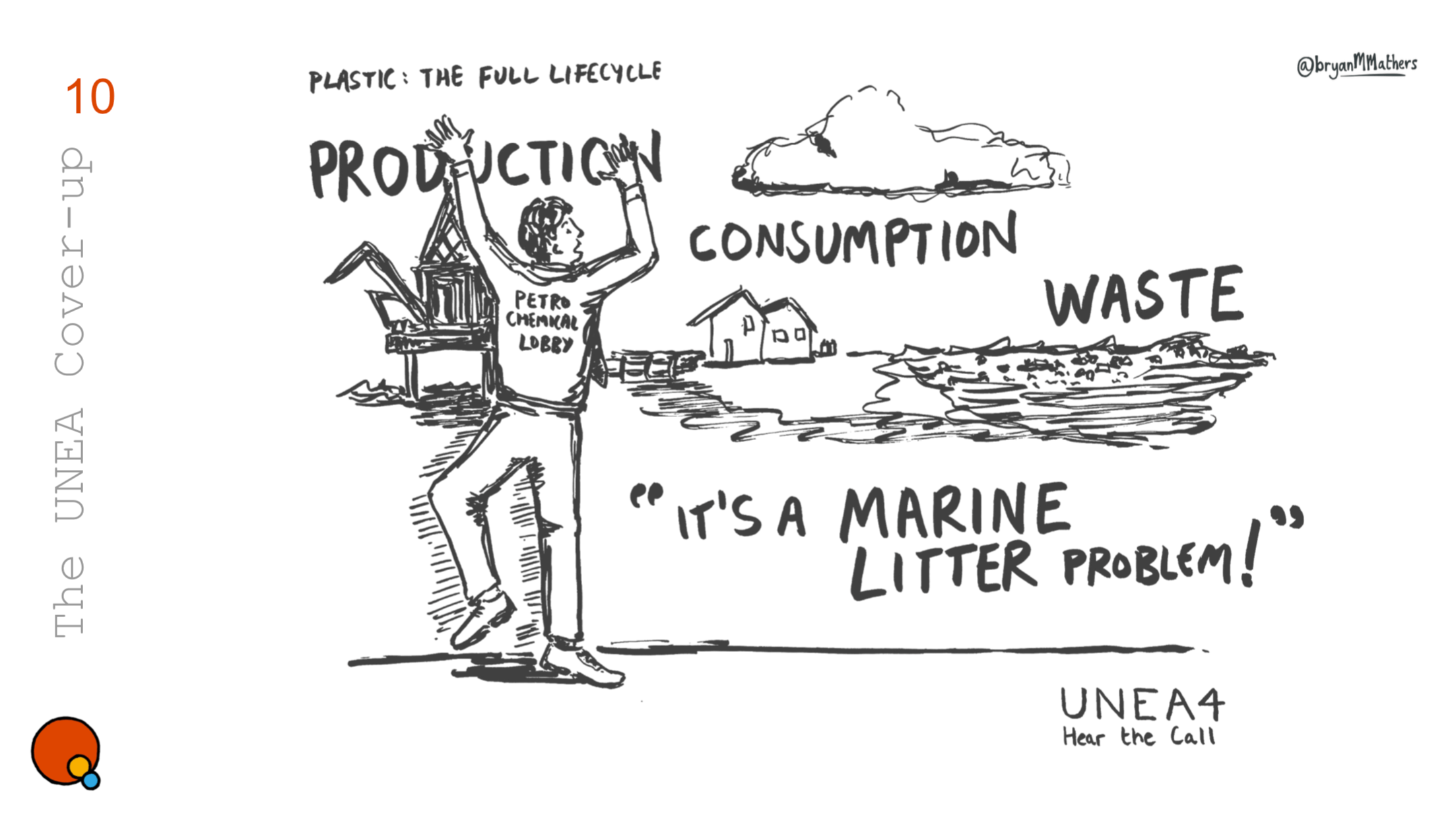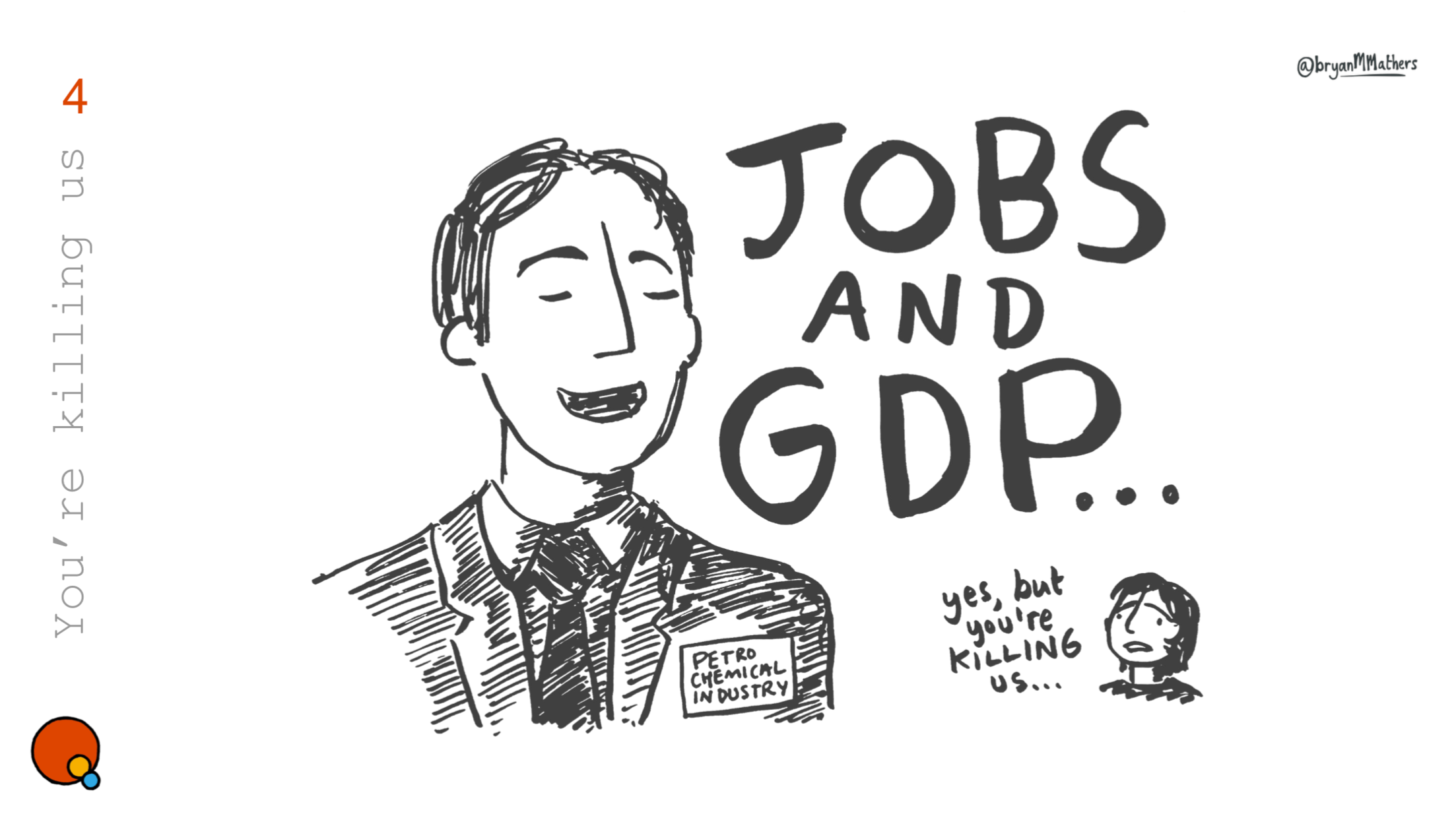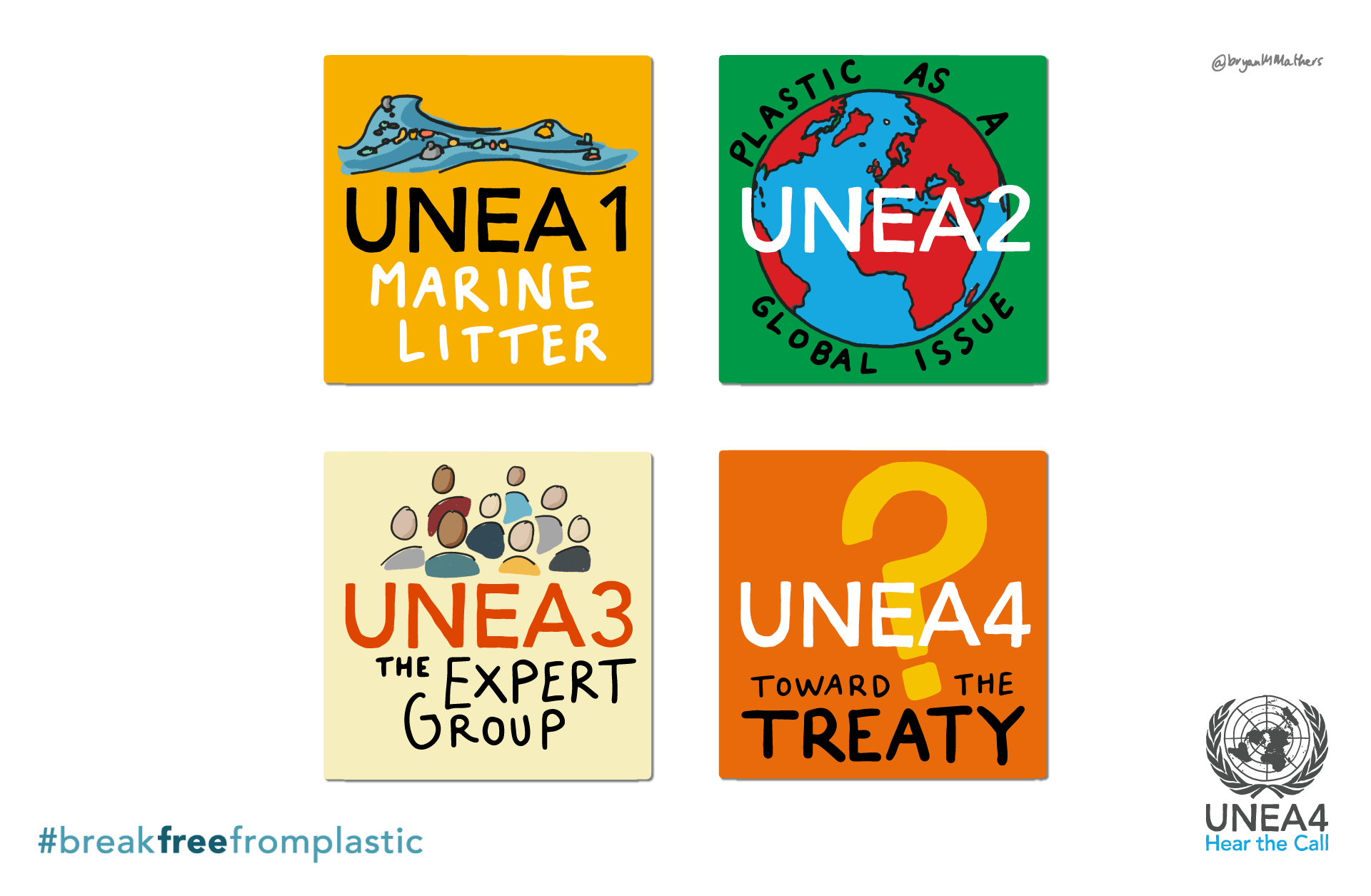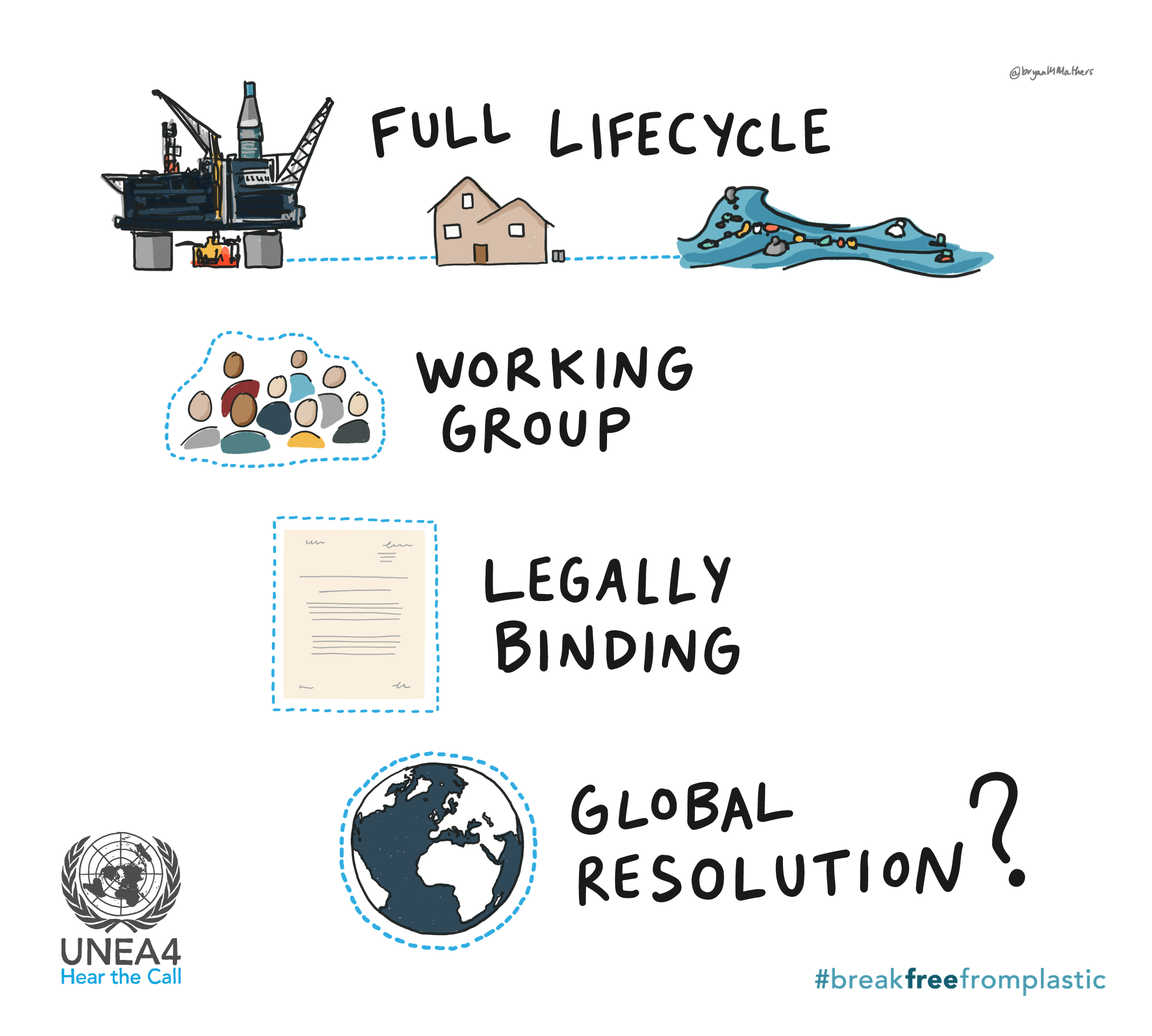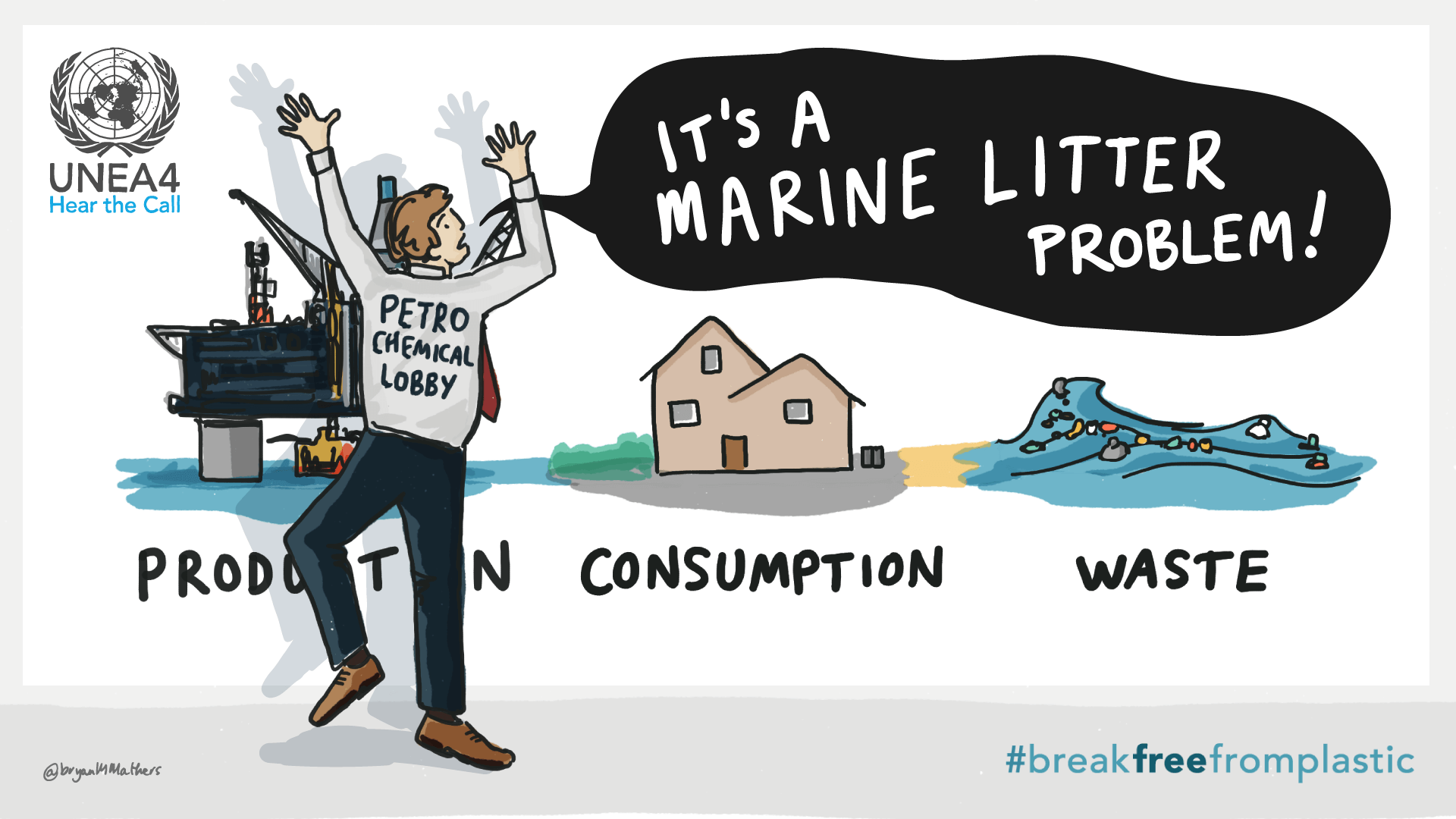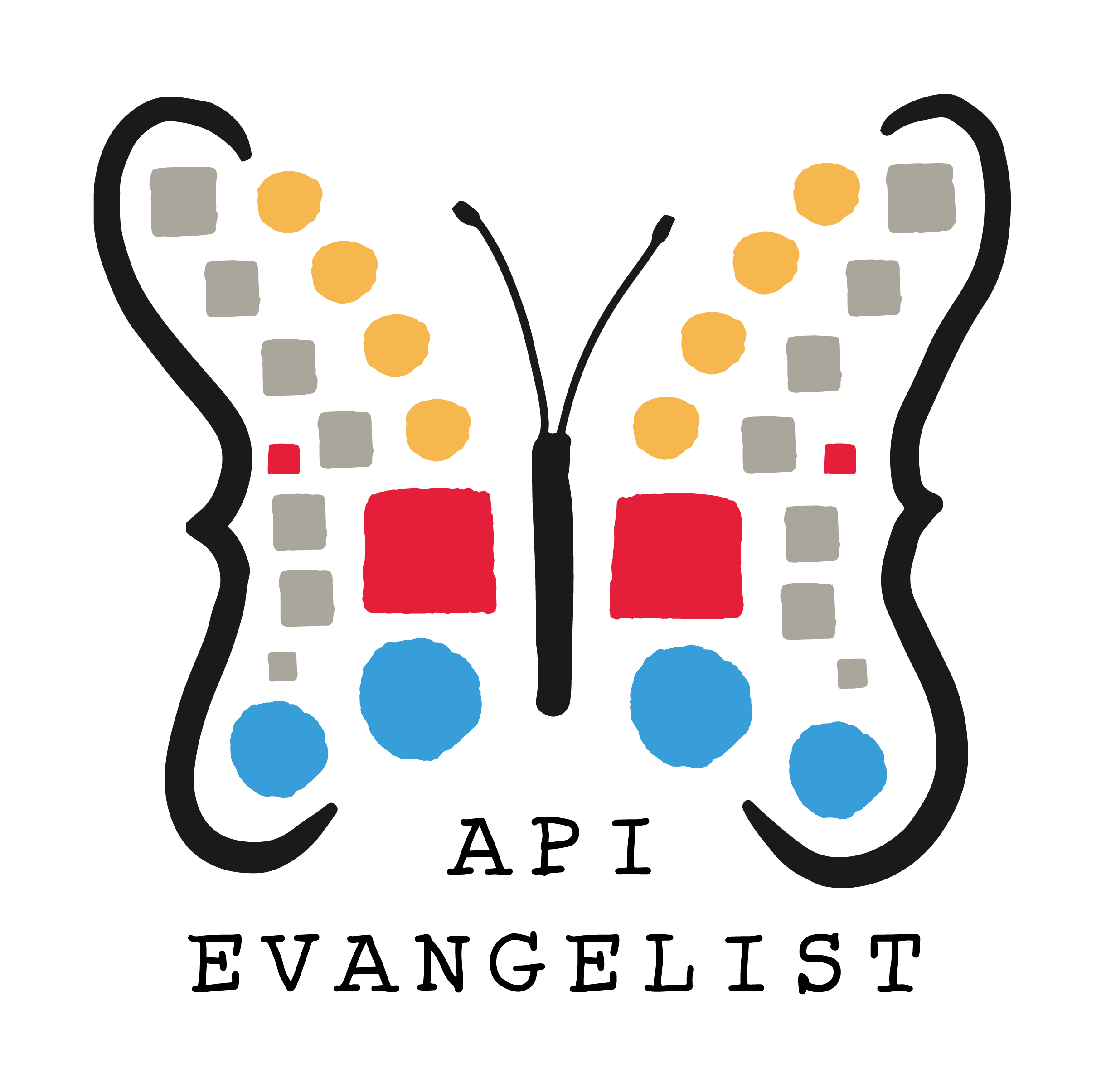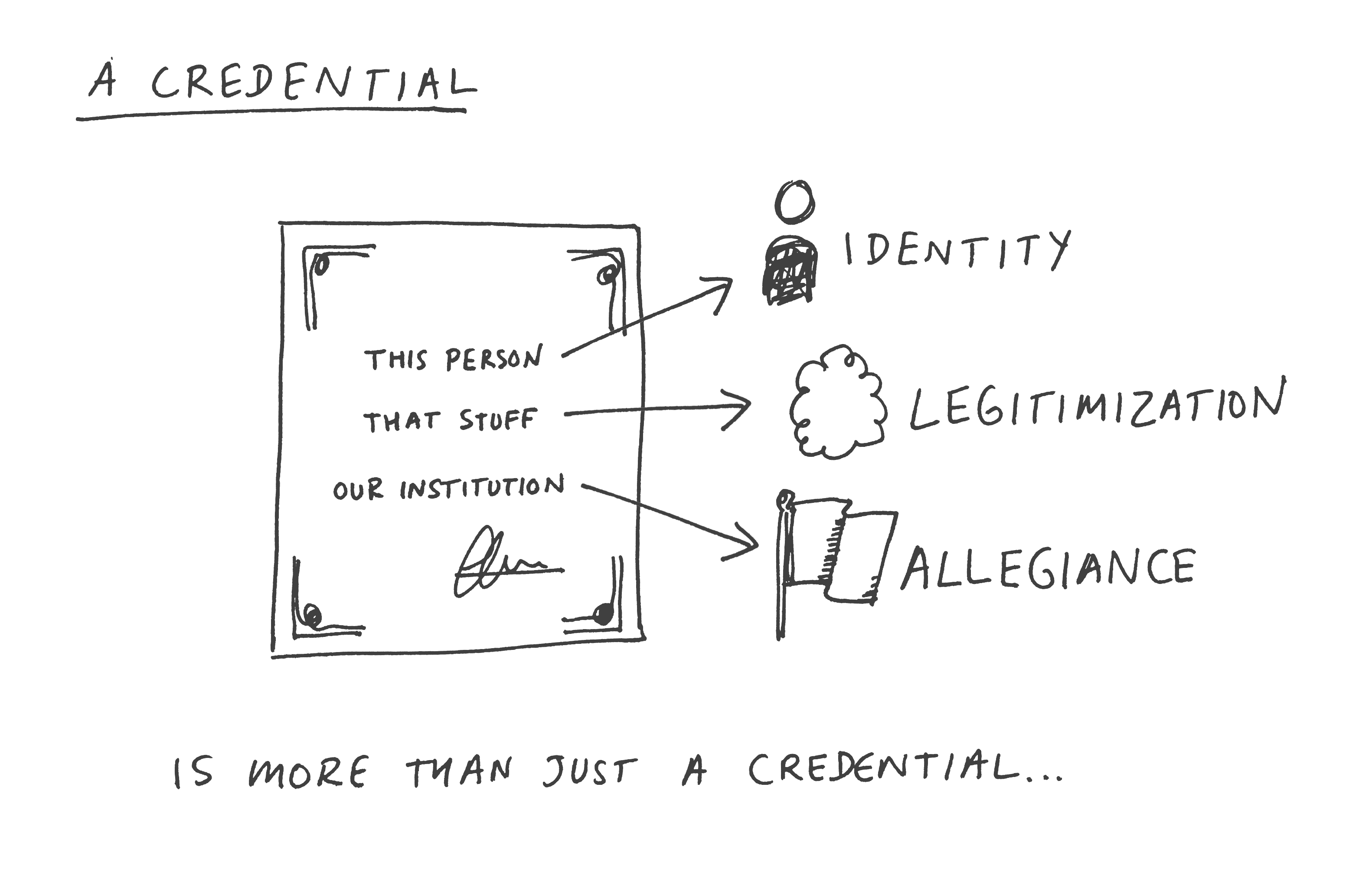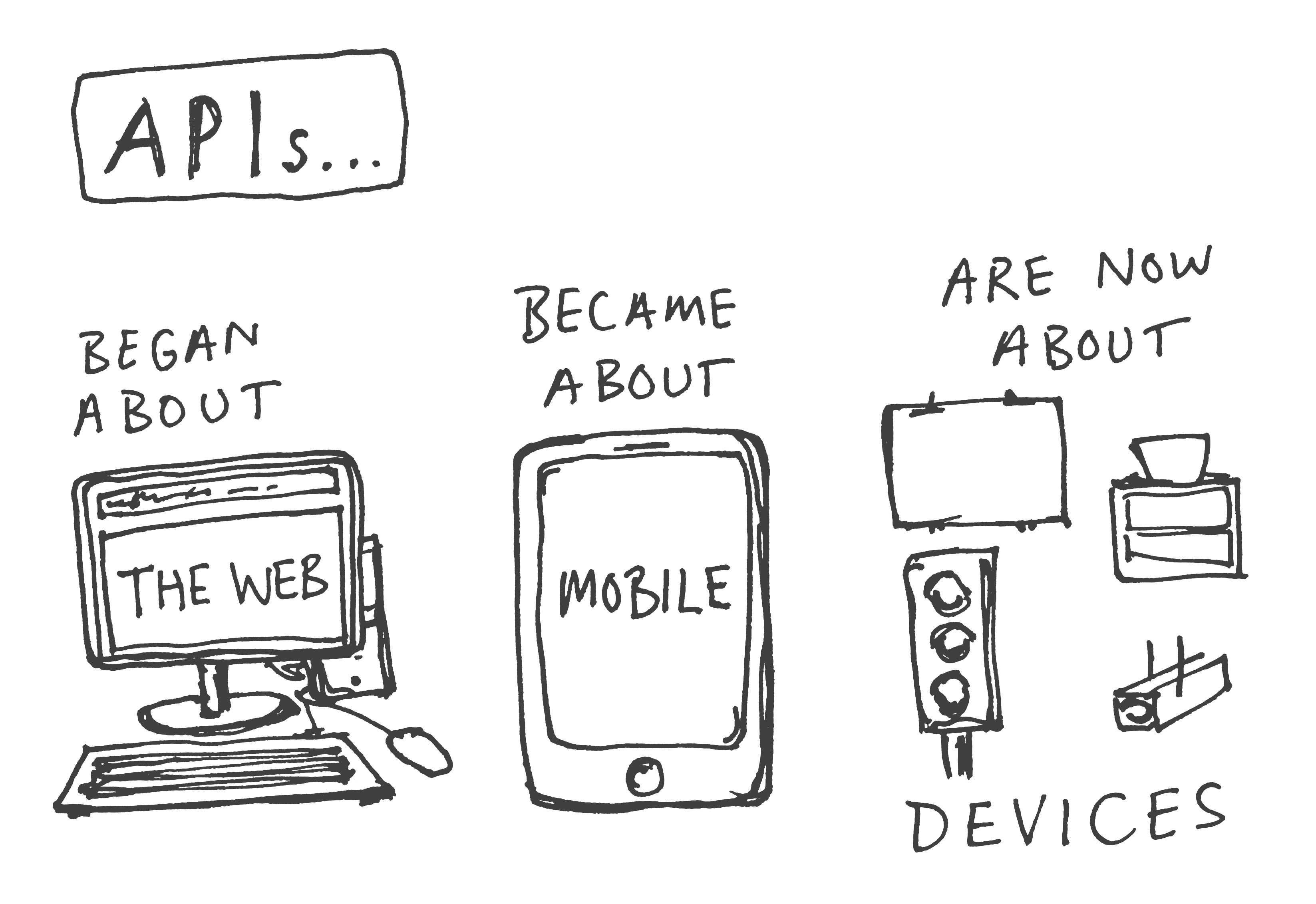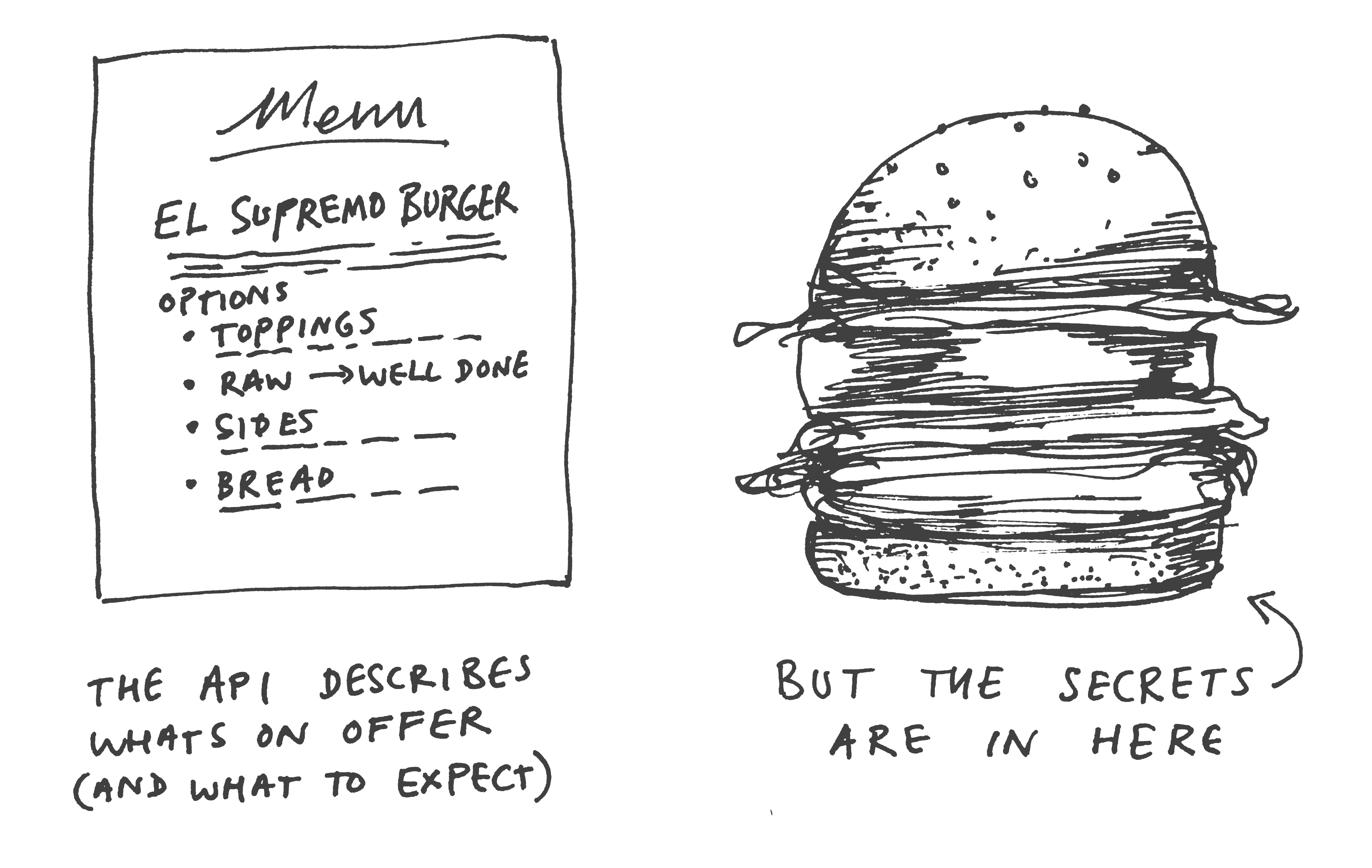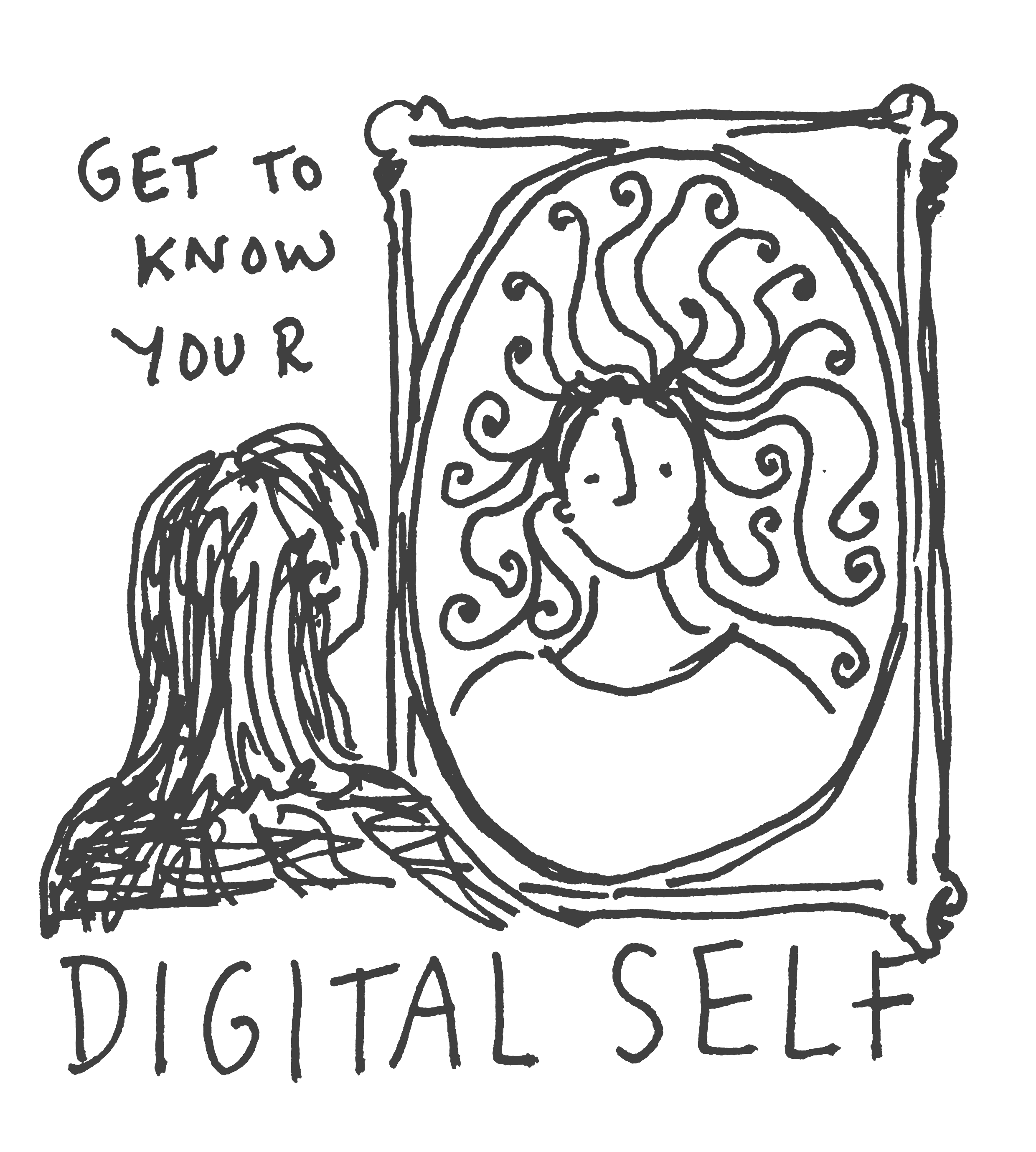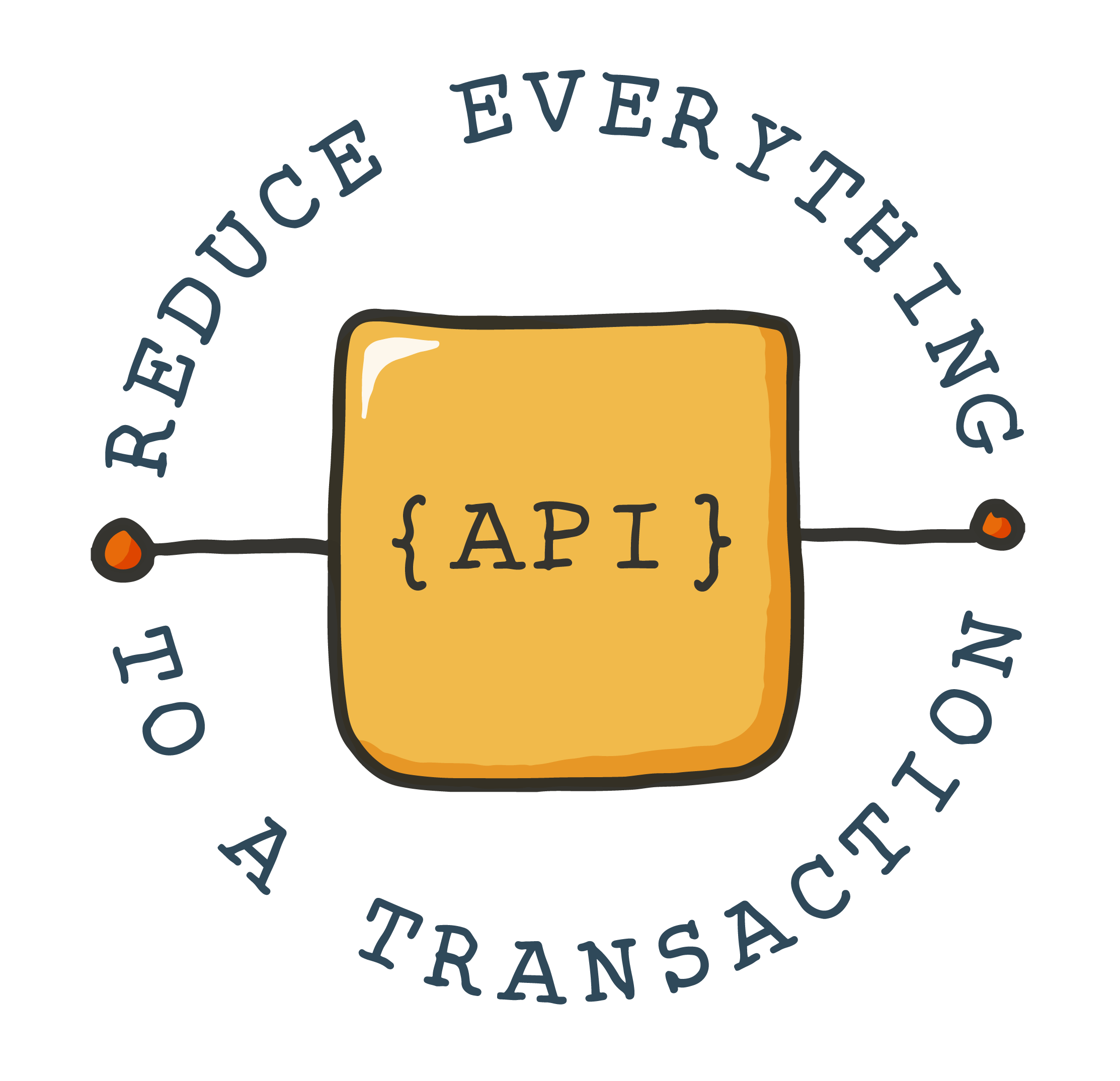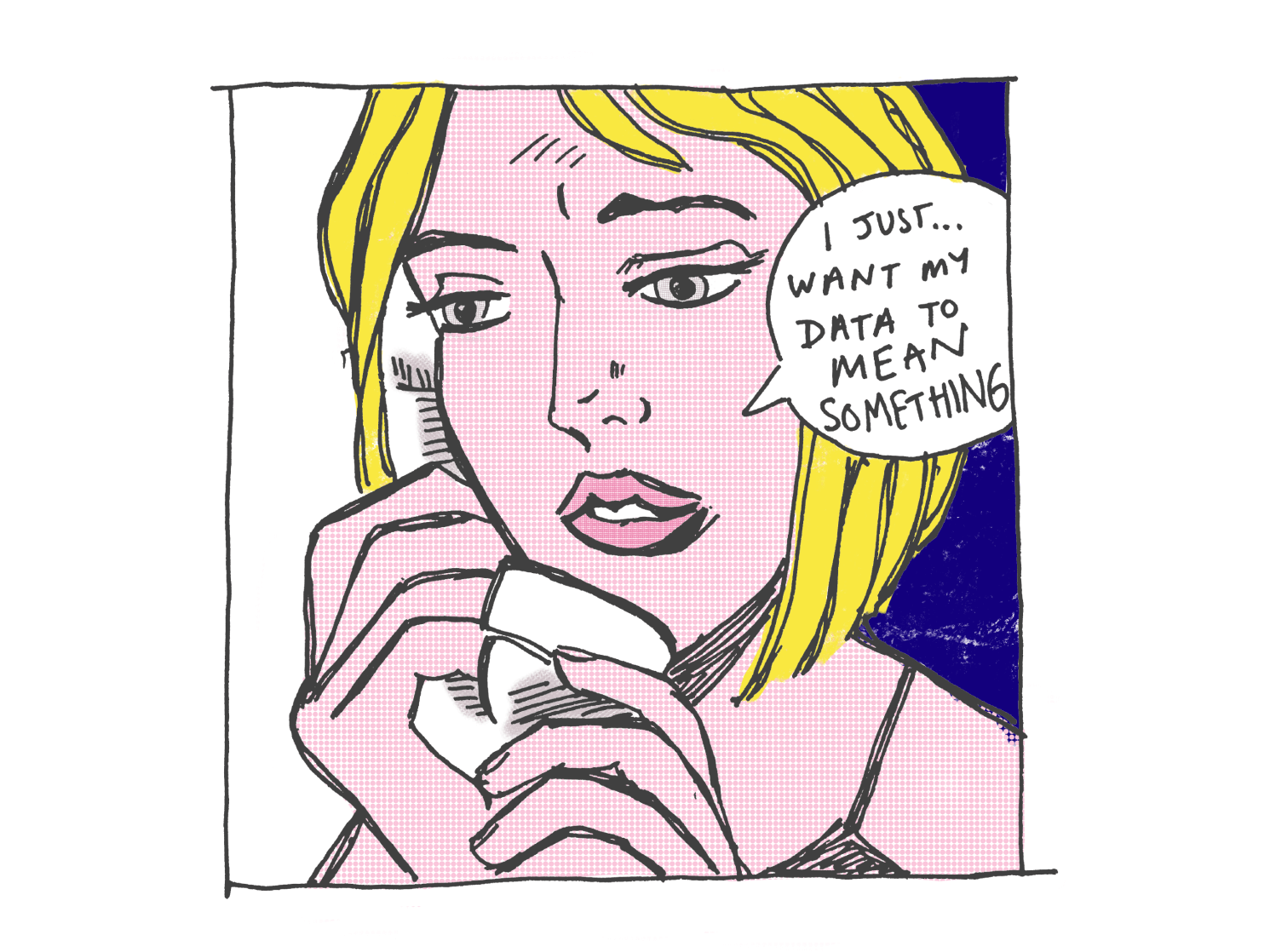Documentary Cartooning
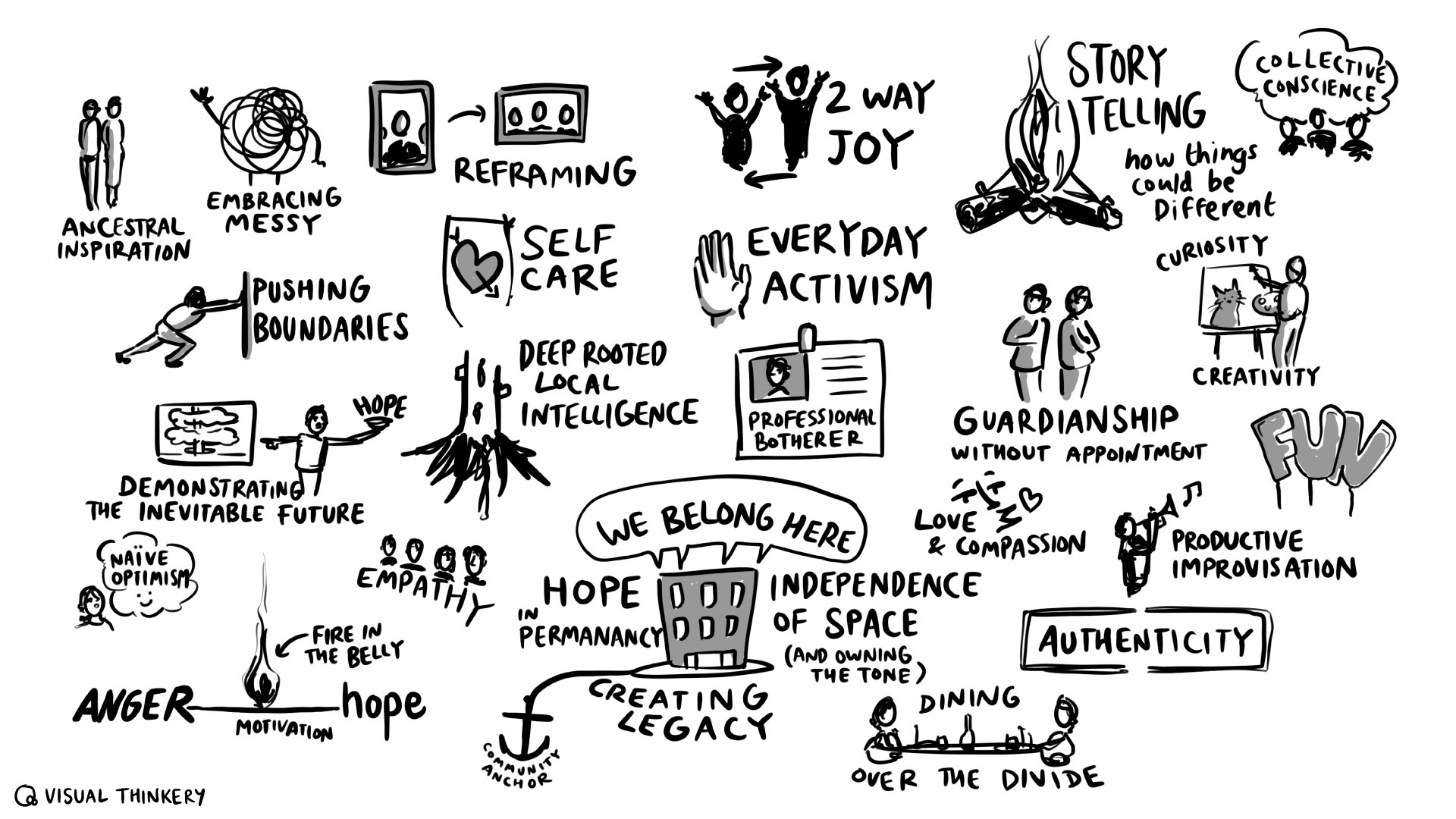
Documentary Cartooning
At a recent two-day gathering where I was busily trying to capture insight in cartoon form, a man came up to me and said – “I’ve figured out what you’re doing – you’re documentary cartooning!”. On reflection, he was quite correct. I’m trying to lean into conversations as they arise and when a visual idea presents itself, I grab it with both hands and let it come to life on my page – documented for others to derive meaning from long after the event has taken place.
For the last few years I have been experimenting with different ways of capturing and documenting live conversation as it unfolds. There are a few different techniques.
The Conversation Landscape
One way to capture the richness of a group’s thoughts or reflections is to live draw the session as it unfolds. The drawing above represents a 60min reflective session where a group of 25 people had previously split up into small groups to think about shared values and behaviours and write their responses on postcards to help with feeding back to the main group. There was a bit of overlap between groups, so as a point was made, it was grouped with others and group’s audible response gave an indication of resonance.
Output: Gives the feeling of having collaboratively created something meaningful. After the event it’s a great aide-mémoir for those who were part of the conversation, as technically the conversation has been mapped.
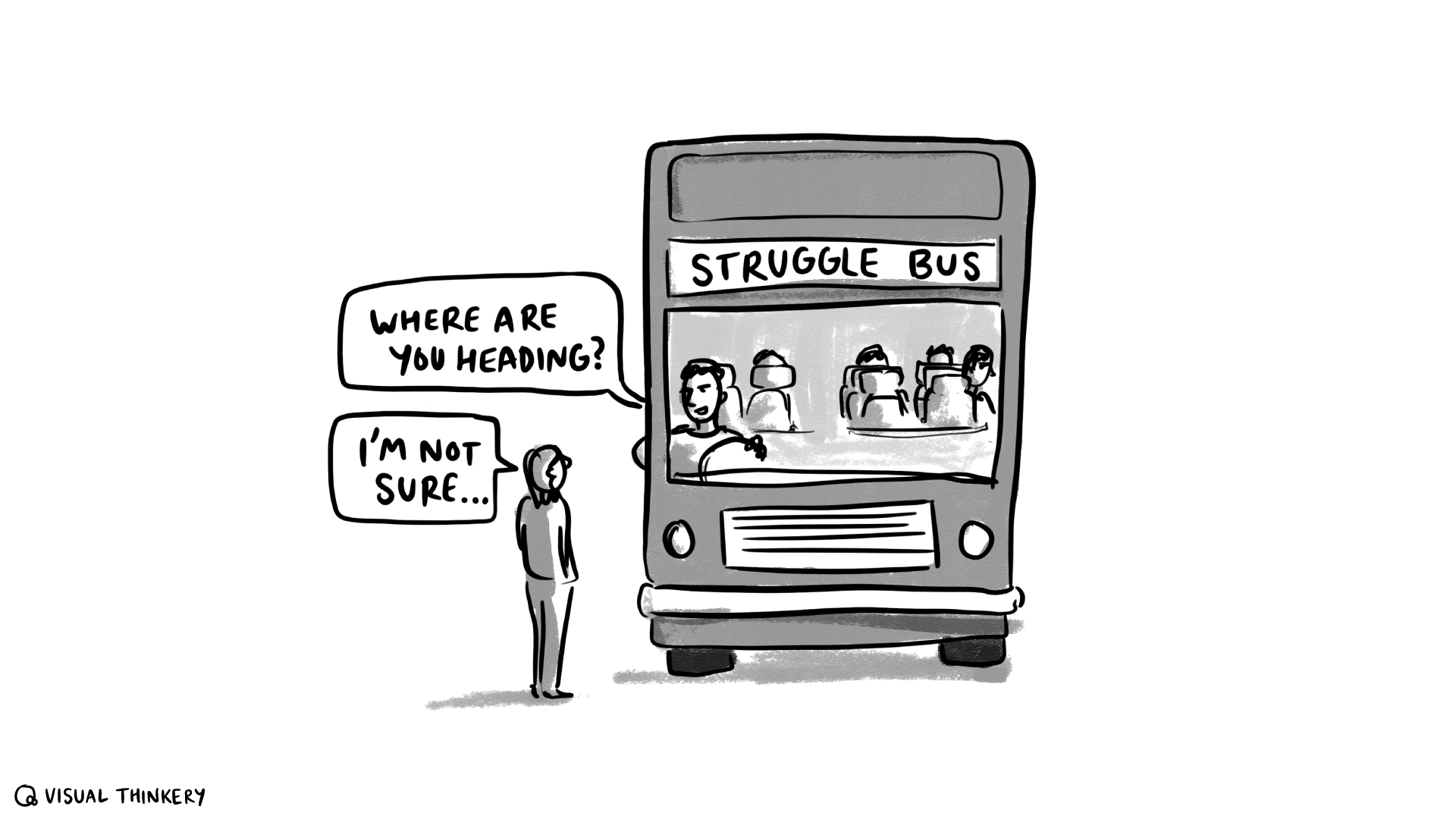
Nuggets of Insight
When people get together and share in conversation, nuggets of insight appear amidst their words. Metaphors, humour and storytelling all provide clues as to what the insight could look like as a visual expression.
The “Struggle Bus” example below is a good example of an off-the-cuff comment that resonated with a room full of social entrepreneurs. It tells a story of how hard it can be to get a social project off the ground – but that we can still get there. And it helps to know that there are others on the bus too! Interestingly, as a visual, there is plenty of productive ambiguity in the cartoon. Am I ready to get on the bus? Maybe if I sit beside the right person, they can help me? Different people will add different meaning.
Output: As individual cartoons, these digital assets can have impact long after the event, and inspire people who weren’t there. They can be a useful hook for a blog post and on social media, and can be made available to the participants to use under a Creative Commons licence.
Thanks SO much again – your thinkery captured the nuance and metaphor of our dialogue as always, and it’s made the follow-up communications a pleasure to do <3
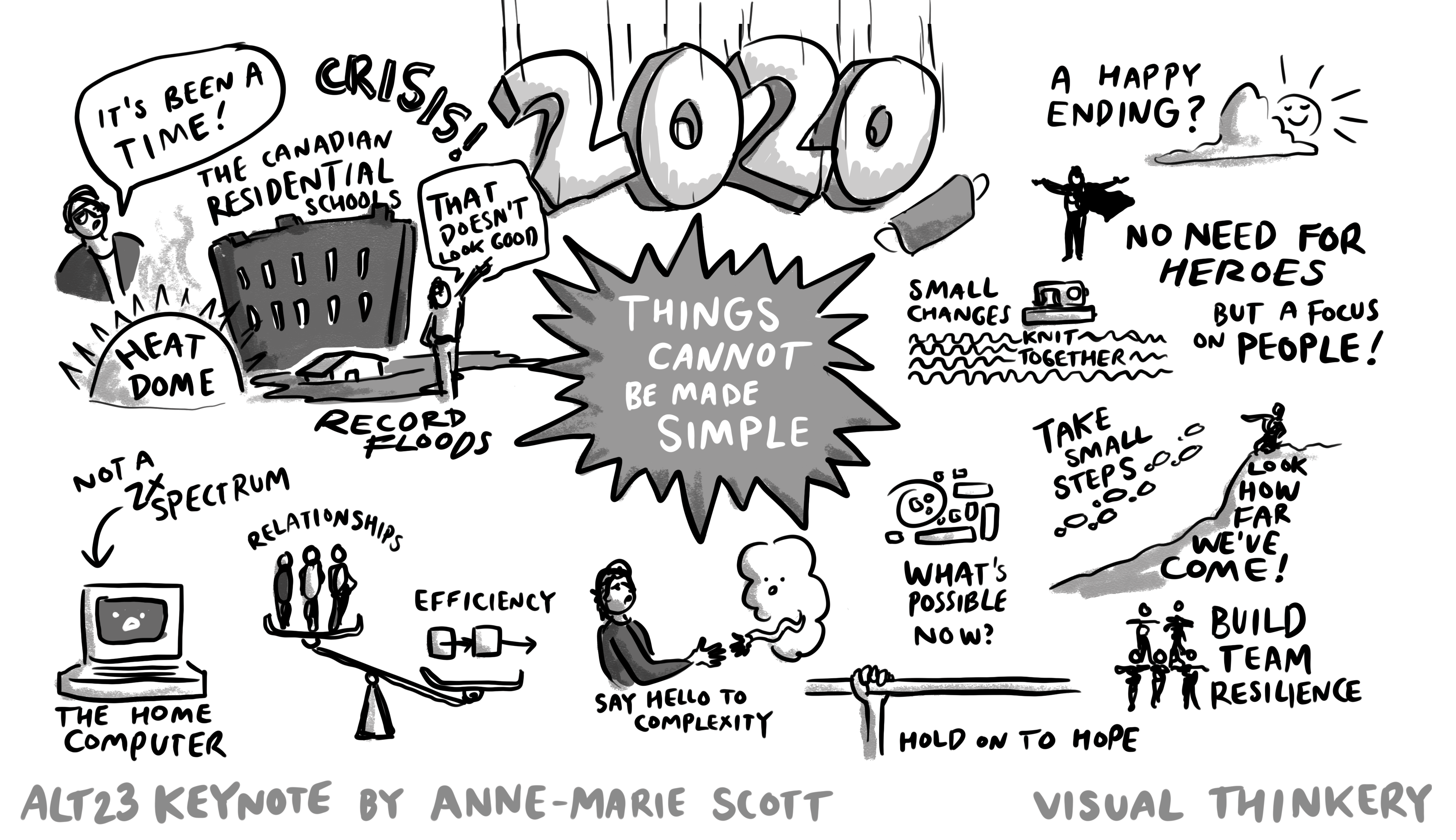
Keynote Sketchnote
A keynote sketchnote is a visual landscape created live while tuning into a person deliver a presentation, usually at a conference. The example above was created during a keynote by Anne-Marie Scott at the ALT conference.
To me, a keynote feels like a journey. There’s usually a defined theme which flows through the presentation. Some pitfalls and highlights. An opening gambit and a measured conclusion. Often there are visual clues provided by the speaker in the way of slides. The challenge here is to be playful with all of the above, and see if it all can be balanced on a single page.
Output: This form of illustration can be a great way of sharing the “gist” of what someone just spoke about to the wider group who might be connected to the event but weren’t able to attend.
Read next
Here are some other projects you might be interested in.
